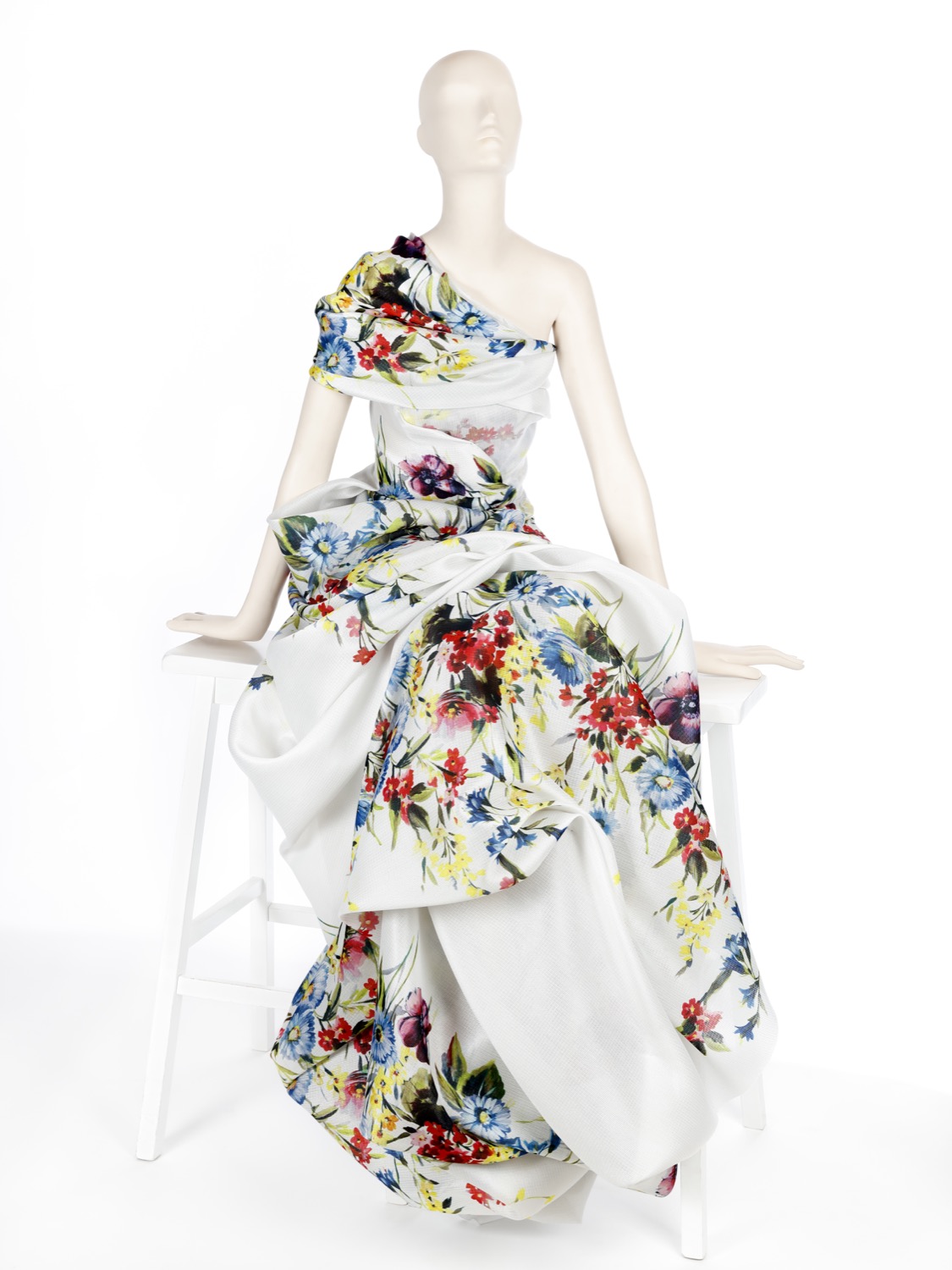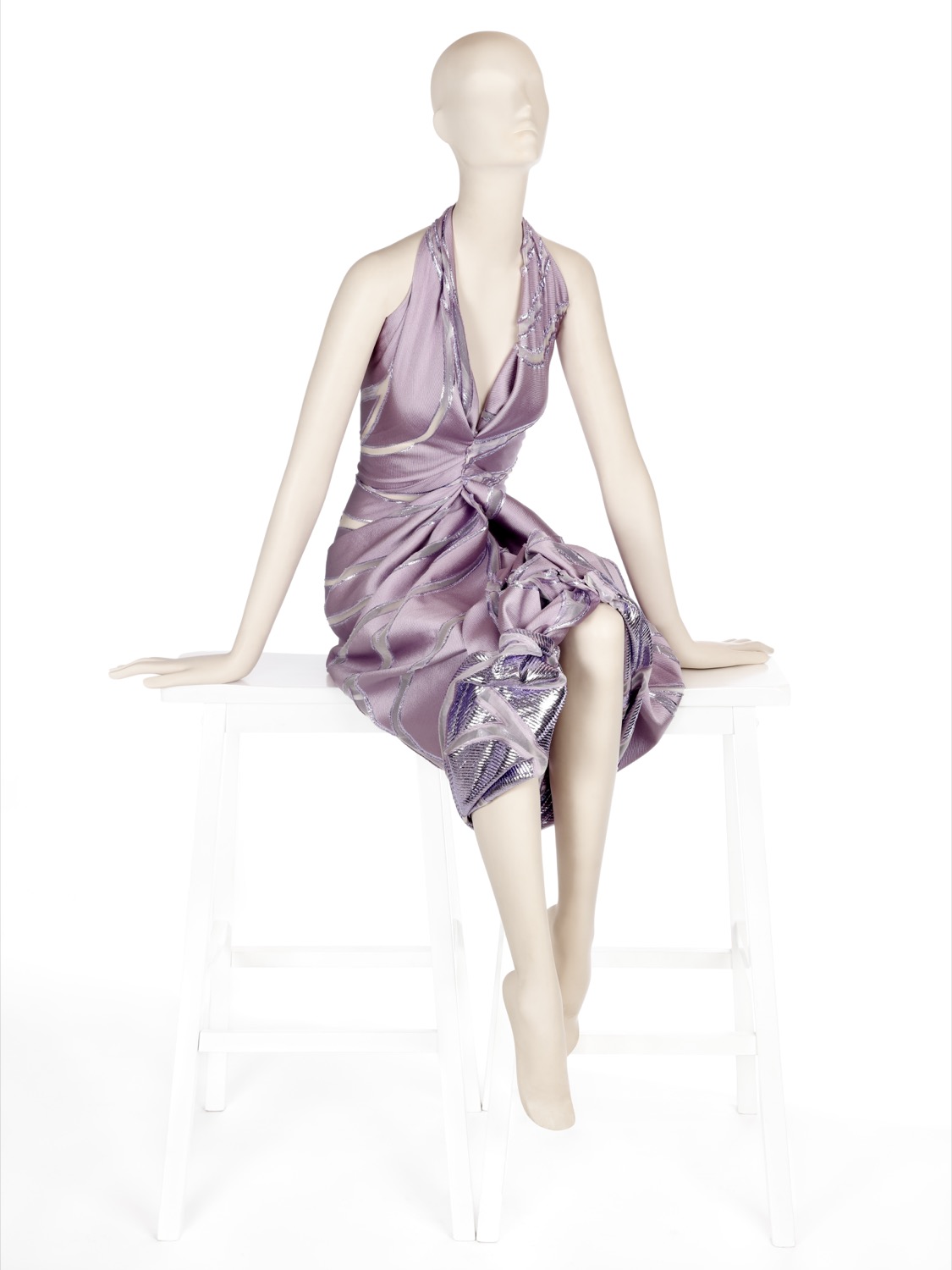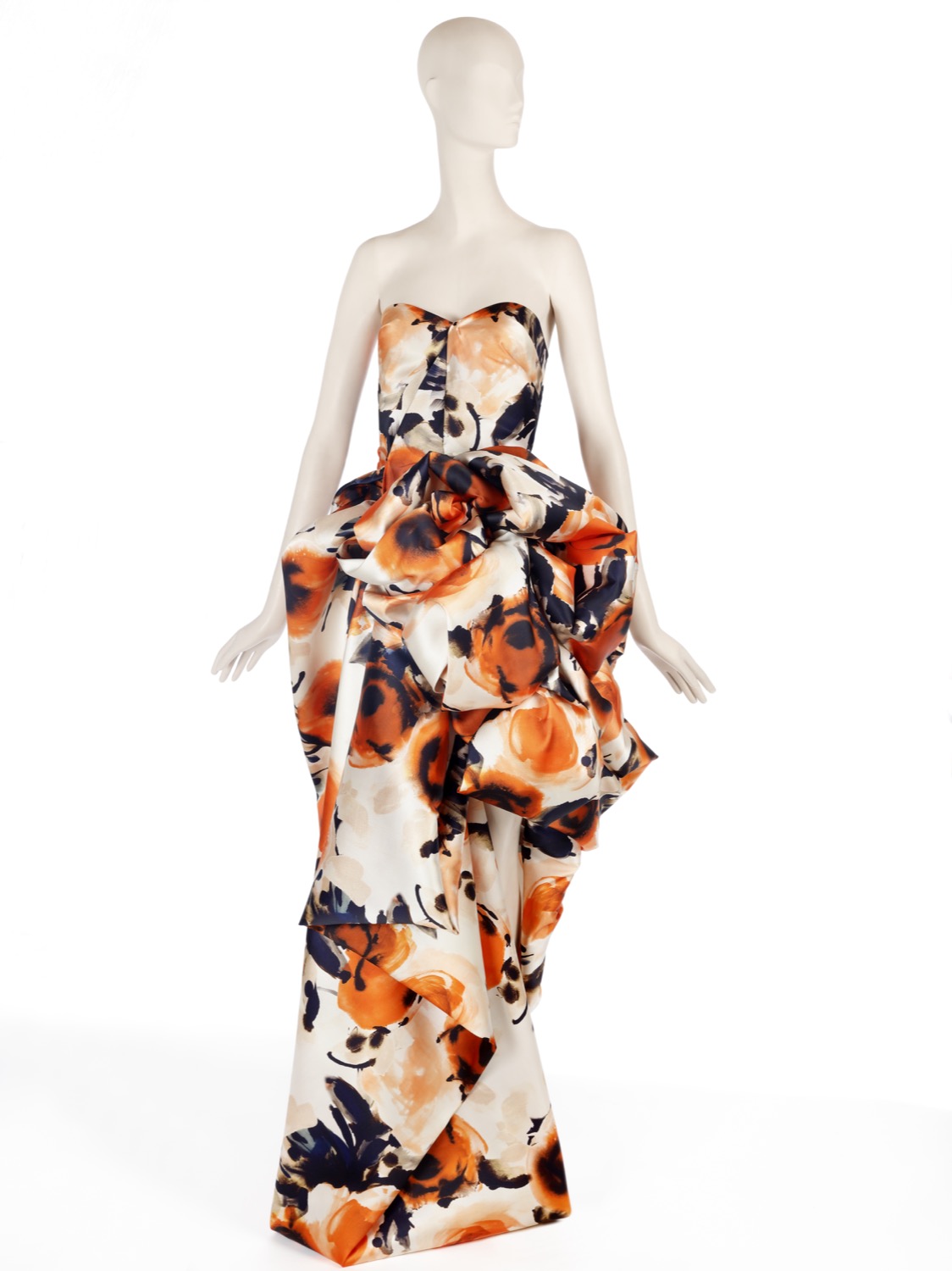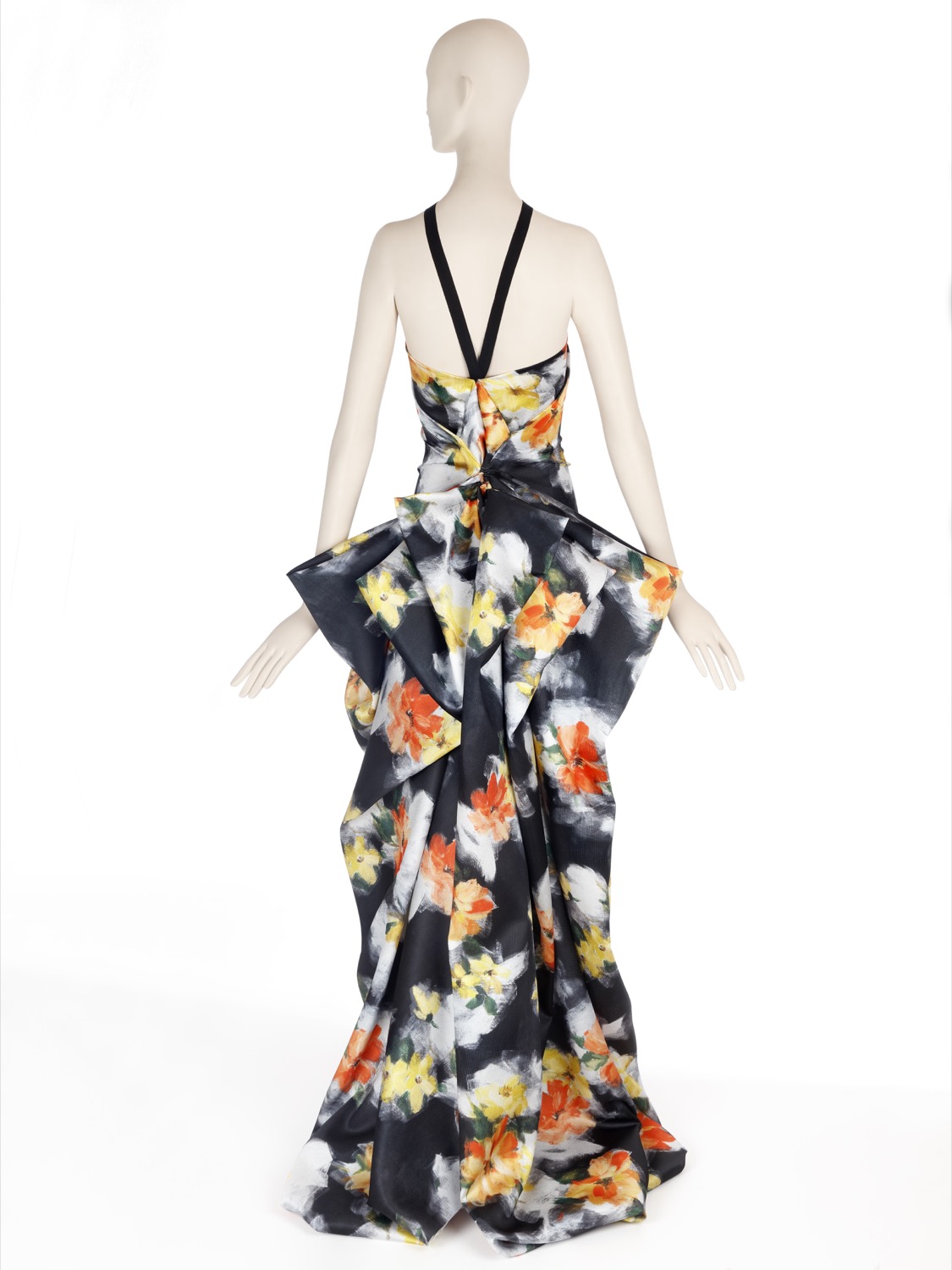 The bridal sector is in the process of transformation to adapt to the comings and goings imposed by the restrictions of the pandemic and the easing of lockdown phases. The coronavirus crisis has exploded directly and overwhelmingly, affecting all sectors: from restaurants, beauty centres to the textile sector. And for a year now, the world of wedding ceremonies has been stepping on the accelerator to adapt to these precipitous changes.
The bridal sector is in the process of transformation to adapt to the comings and goings imposed by the restrictions of the pandemic and the easing of lockdown phases. The coronavirus crisis has exploded directly and overwhelmingly, affecting all sectors: from restaurants, beauty centres to the textile sector. And for a year now, the world of wedding ceremonies has been stepping on the accelerator to adapt to these precipitous changes.
The data speaks for itself: in 2020 around 125,000 events were postponed, according to data from the Association of Wedding Professionals of Spain (A PBE). Each of these cancellations has led to losses of about 25,000 euros and a total of 2 million jobs that could not be generated. Today, it is very difficult to predict when normality will return in the bridal sector: the pandemic and its consequent economic crisis will again generate uncertainty in 2021, and it is very possible that it will disrupt the calendar for the next two years.
Within the textile sector, our main concern, the absence of new brides and the decrease in the number of guests at weddings, which are currently a lot more smaller and intimate, has led to a reduction in purchases of wedding dresses and also of raw materials, that is, fabrics. Reductions that have also harmed by extension wedding guest outfits and evening wear.
Therefore, given this process of change and adaptation to the current situation, will it modify the traditional aesthetics of the dresses, the way of buying them or the amount of money that the brides invest?
It is not easy to know where the sector will go, but from Gratacós we continue to offer our bridal fabrics to all brides who are committed to getting married in these difficult times. As fabric manufacturers who analyze the large firms and specialized designers, we forecast some trends in dresses for brides of 2021 and 2022.

-
The traditional bridal aesthetic loses strength
The traditional bridal aesthetic is maintained, but loses its steam. This trend is due to two factors: brides, both millennials and the first generation Z, prefer to break with the classic, daring with new silhouettes that go beyond the one-piece dress, such as the tailored jacket, whether it be either with trousers or with a tube skirt. An opportunity to blur the classic conceptions about how a bride should be dressed. On the other hand, the more intimate, private and informal celebrations influence the wardrobe with more relaxed outfits that avoid the rigid and corseted.
In terms of styles, two antagonistic trends converge: the return of minimalism with its elegant simplicity versus overloaded romanticism. The first style involves plain dresses with clean, structured and reusable lines. If the economy in 2021 and 2022 will be more austere, it is consistent that this shall be reflected in wedding dresses. This minimalist trend is also committed to simplicity and comfort through pieces that facilitate movement and can be adapted in multiple contexts. At the other extreme, the romantically inspired dresses with their volumes, overlays, lace and ruffles refuse to disappear. A type of outfit for dreamy brides who want to enjoy their wedding in a memorable tailored dress. These dresses are rich in fabrics with special attention to those that provide greater opulence: tulle, embroidery, ornamental effects, floral applications …
If it is true that, halfway to minimalism and opulence, there are endless proposals that balance the scales with dresses that merge the two trends and go out of their way for the detail that is perceived in the pleats, in the drapes, the details on the shoulders or unexpected openings. Also gaining importance are dresses with volume and wide skirts through patterns which expand at the hem to give them more prominence
In parallel, in recent years ready-to-wear collections have emerged that complement the dress with much more informal and versatile pieces. These can be custom-made or mass-produced. There is also an upward trend in vintage accessories that give a new retro to the bridal look. For autumn and winter weddings, outerwear has found a new source within instability: capes, cardigans, coats in the same fabric as the dress …, as well as various accessories that adorn the bride.

The detail is what matters. Regardless of the bridal style chosen, there are some trends that have taken hold in recent years. One of them has to do with the sleeves that are taking centre stage in wedding dresses. Long sleeves, puffy sleeves, tightly gathered at the elbows or cuffs, puffed sleeves, and sleeves with very pronounced shoulders are worn like blazers inspired by the 80s.
As for collars and necklines, pronounced cuts coexist with closed ones and overlays gain importance. In turn, the reign of flowers is threatened by a new detail that is gaining presence in more and more bridal designs: feathers. A resource that adds elegance, delicacy and movement to the wedding dress. Finally, something curious we want to mention that we have perceived within the Baroque style: the veil is back in fashion and everything indicates that the trend will continue and increase in the coming years.

As textile manufacturers, in Gratacós we have a specific collection , which is renewed every year, so brides can order their own design of dress. In terms of consumer trend, we do see certain changes. Organza is one of our star fabrics if we take into account that the most popular wedding dresses are those with volumes, layers and transparencies. This organza is worked with embroidery, net lace and even 3D flowers. Crepes with rustic touches, wrinkled-effect fabrics and brocades also gain relevance. In fact, there is a growing demand for handicrafts and a return to details such as trimmings and embroidery. At the other extreme, satin fabrics are ideal for plain, lingerie-type dresses.
Come to our shop in Barcelona to discover the new collection of bridal fabrics!




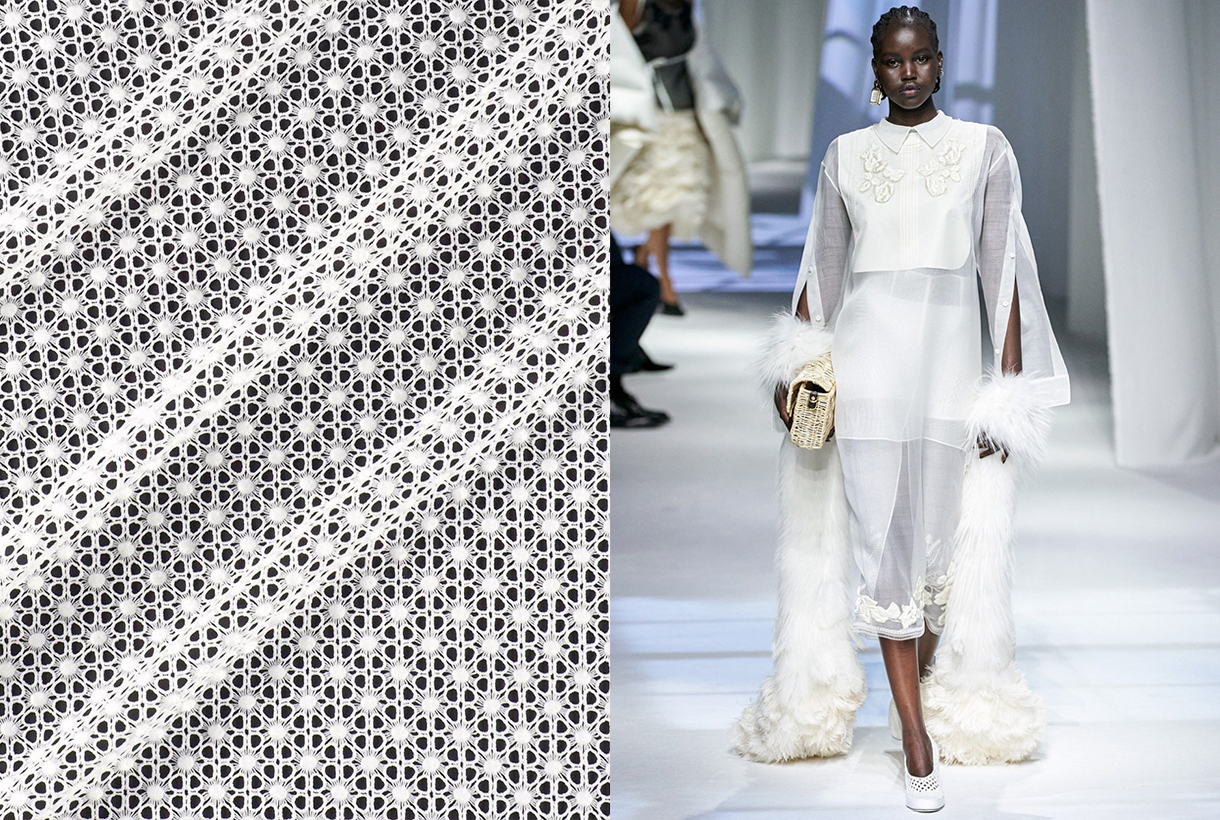

 They have done it again. Mans Concept Menswear has won another distinction that recognizes the originality, good know-how and future projection of this revolutionary men’s tailoring firm created by Jaime Álvarez (Seville, 1994).
They have done it again. Mans Concept Menswear has won another distinction that recognizes the originality, good know-how and future projection of this revolutionary men’s tailoring firm created by Jaime Álvarez (Seville, 1994).
This time, MANS has been the winner of the 2020 Vogue Who’s On Next award, a prestigious award that after nine consecutive years supporting emerging talent has become the most important in Spanish fashion by being endowed with 100,000 euros to develop a business plan, thanks to the collaboration of Inditex. This awards also includes enrollment in ACME (Association of Fashion Designers of Spain) without passing the vote of the General Assembly and the opportunity to participate in the next edition of Mercedes-Benz Fashion Week Madrid. In addition to the support and editorial coverage of Vogue Spain magazine. Thus, Mans Concept finally prevailed over the other two finalists for the award: Dominnico and Ynésuelves.

A conceptual twist on traditional tailoring
And why Mans? What makes it special? If you still do not know the firm, you should carry on reading. Mans Concept originates in 2017, in the thesis project of the young Sevillian, Jaime Álvarez after his studies in Fashion Design at the IED in Madrid. Its purpose was revolutionary: to forge a new concept of masculinity through tailoring, challenging its more traditional codes. Actually, the name Mans comes from Demans, which is of German origin and one of the surnames of the designer and creative director of the brand. Shortening it to ‘ Mans ‘ indicates the search for a new, more personal and updated tailoring. A new approach to modern man. And that’s the main purpose of this visionary pret-a-porter brand.

Thus, Mans Concept focuses on bespoke men’s tailoring based on the reinterpretation of classic patterns. In fact, the firm is influenced both by the ‘ Saville Row ‘ workshops and by Japanese techniques, both present in all its collections. What makes Jaime Álvarez’s signature different is that emphasis on lines, refining cuts and achieving an avant-garde image in silhouettes and finishes that do not lose the traditional essence. The firm seeks a masculine aesthetic adapted to today with clean cuts, colours at the service of the concept and innovation in the fabrics that are personally chosen by Álvarez himself and are exported from England, Italy, Japan and Spain, Gratacós being one of its regular suppliers. With all this raw material, Mans Concept designs and produces locally, two annual collections with clothing that is positioned within the medium-luxury sector and in which each piece has its own detail. The objective is to offer a complete and hybrid masculine wardrobe with basic quality garments, versatile and a progressive design, focused on people who are sure of themselves and what they are looking for.

In its short career, Mans Concept has participated four times in the 080 Barcelona Fashion catwalk and has received the Best Emerging Design award on three of them, and has also walked the MBFW Madrid catwalk on another occasion.
The announcement of Mans Concept as the winning firm of the ninth edition of Vogue Who’s On Next also marks the verification of the creative drive of a new batch of Spanish designers whose common link is the love for clothing made in Spain, the appreciation for craftsmanship, the breakdown of gender barriers, and an international projection that leaves its mark on various red carpets. They call it the WON generation, made up of winners from previous editions such as Marcela Mansergas (2012), Juan Vidal (2013), Maria ke Fisherman (2014), ManéMané (2015), Moisés Nieto (2016), Leandro Cano (2017), Palomo Spain (2018), Carlota Barrera (2019) and, the latest incorporation Mans Concept (2020).
Congratulations Jaime Alvarez for this distinction!





Mi�rcoles 20 noviembre 2019
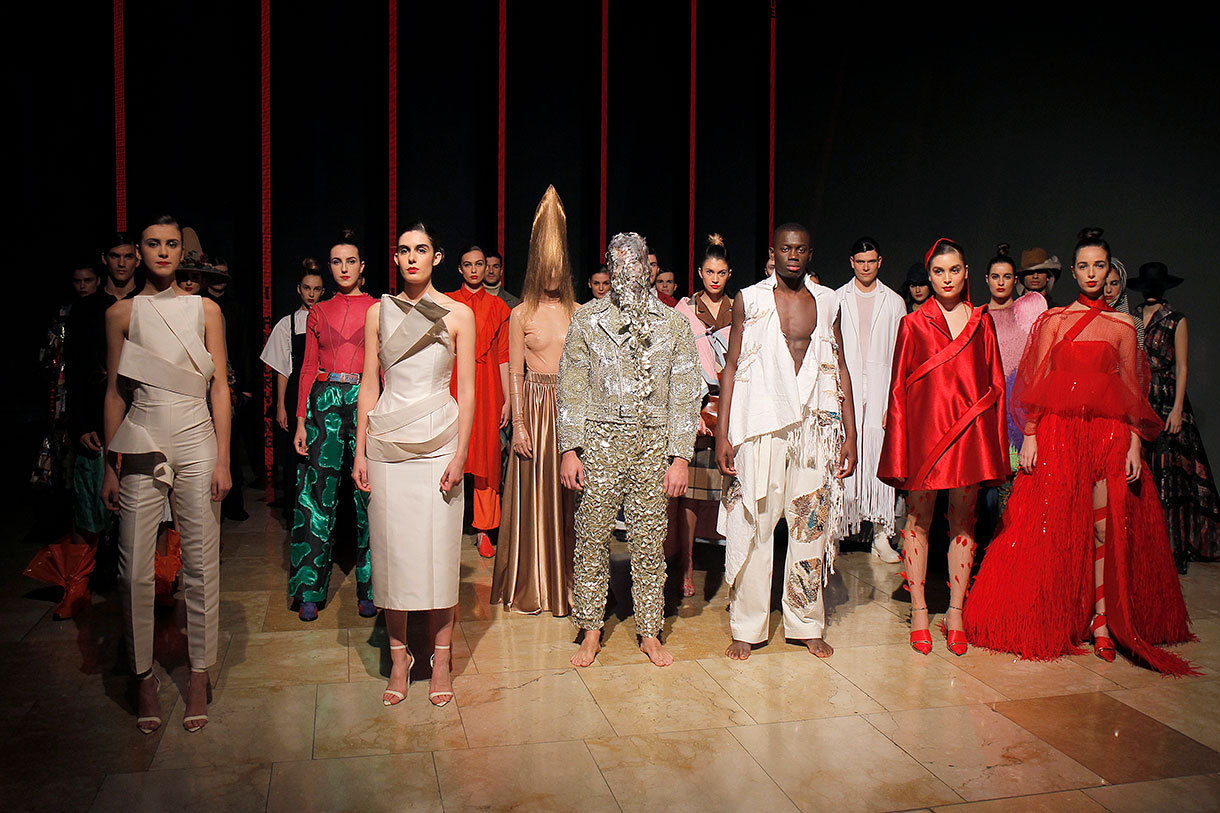
A tribute to design, creativity and emerging talent. That is exactly what was celebrated this week at the Guggenheim Museum Bilbao with the 25th anniversary of IED (Higher School of Design) in Spain. Among other activities the renowned fashion and design school wanted to record the event with an impressive fashion show in which national and international designers who have trained in the classrooms of IED Madrid and IED Barcelona participated, since the institution was founded in Madrid in 1994. Gratacós also participated in this exhibition of young designers collaborating through fabrics that took the form of lush garments on the catwalk. It is indeed part of our commitment as a company to support schools that help instruct future designers.

A parade of promising young designers of Spanish fashion
Under the name “25 designing the future”, the IED school grouped in the same parade 25 different collections signed by ex-alumni of IED Madrid and IED Barcelona who were responsible for capturing the past, present and future of the school. This event was part of the TopArte programme of the Guggenheim Museum Bilbao, on the occasion of the celebration of Bilbao Bizkaia Design Week. Recognized names that regularly participate on the main Spanish cat-walks such as Moisés Nieto, Carlota Barrera or Cristina Tamborero paraded together with other emerging brands in an eclectic exhibition of garments and visions that highlight the individuality of designers from different parts of Spain and also from countries such as Italy, Brazil, Romania, Israel, Mexico or the United Kingdom, among others. “Fashion is the most powerful means of expressing the identity of human beings. It is the connector and collector of dreams, urges, worries and personal inspirations …, therefore, we want to show a mosaic representative of IED talent of the last 25 years” declared Alessandro Manetti, CEO of the IED in Spain in justification of this powerful parade.

“The IED has left as inheritance an important generation of designers that promote the culture
and sensitivity of design worldwide” – Alessandro Manetti
The chosen looks of each participating designer were intended to define the future of fashion and reflect the challenges that the sector currently presents with creations designed for a sustainable look, conceptual and avant-garde designs, delicate handmade items produced locally or party dresses for large celebrations which follow haute couture techniques. “The IED has left as inheritance an important generation of designers that promote the culture and the sensitivity of the design worldwide”, added Manetti. In addition, for the occasion a former student of IED Madrid, one from IED Barcelona and another from IED Milan each created two looks for the event in honour of the 60th anniversary of the construction of the Guggenheim Museum in New York, designed by the architect Frank Lloyd Wright . The curved spiral shapes, the delicacy of the pieces of art exhibited in it and the opulence of the building’s architecture have inspired the designs, some of which have been manufactured with our fabrics that we offered for this celebratory event.

An event full of familiar faces
This parade commemorating the 25 years of IED also counted on the support and assistance of important celebrities linked to the fashion world such as actress Rosy de Palma, the American international critic Diane Pernet, the Belgian fashion expert Francine Pairon or the designer Custo Dalmau, who accompanied Pilar Pasamontes, IED scientific director of Fashion and Julia Weems and Mosiés Nieto, directors of the fashion area of IED Barcelona and Madrid respectively. Among the casting of models was Palito Dominguín, sister of Bimba Bosé and daughter of Lucía Dominguín, and the model Bet Callieri, all of whom participated in the closing parade.
It was a pleasure to collaborate in this unique event of celebration of the IED and at Gratacós we are eager to see everything planned for the future. Here’s to 25 more years!

Jueves 26 septiembre 2019
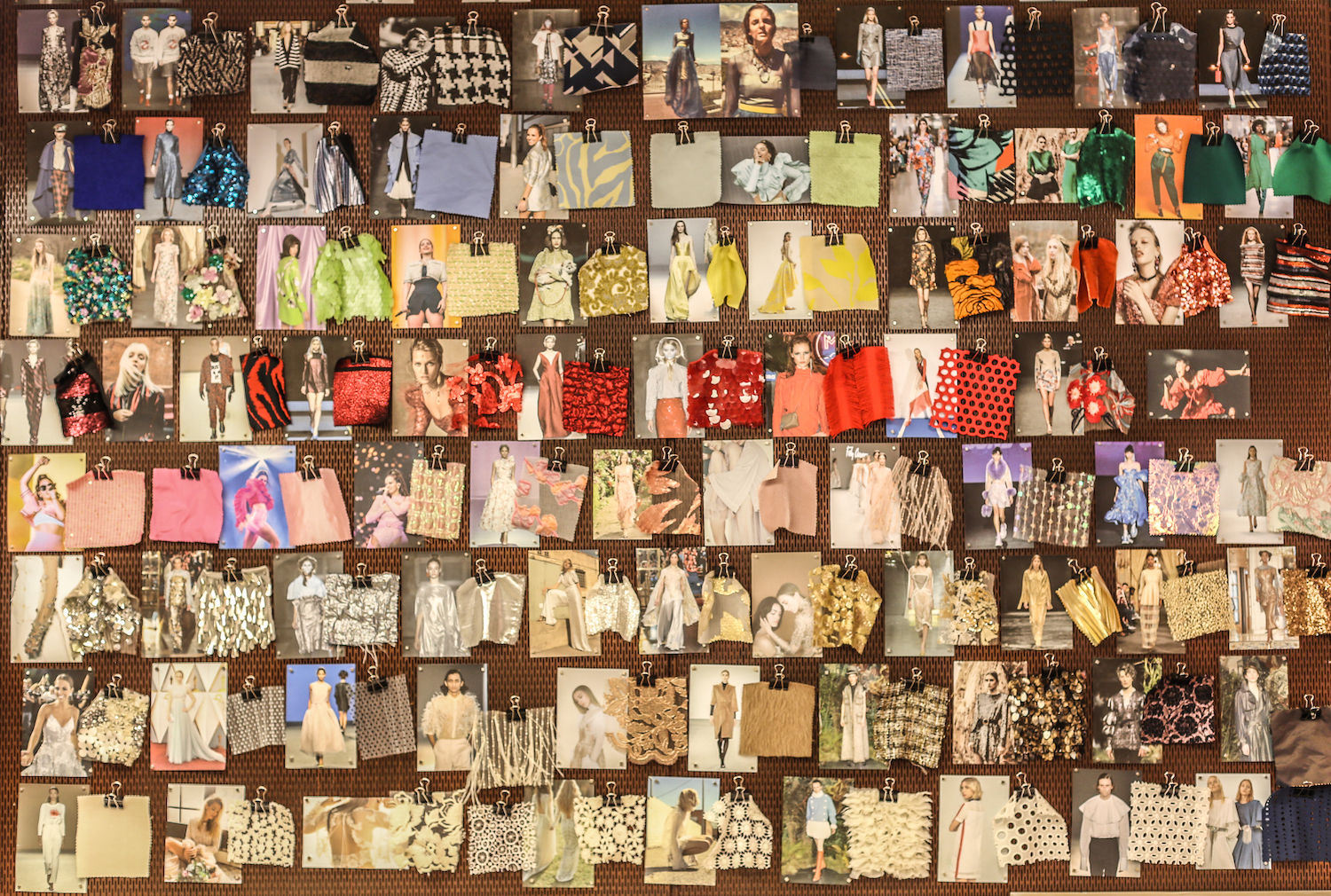
General concept
Technology and ecology. Are they two antagonistic concepts? Can they go hand in hand? At Gratacós we think so. Innovation and the latest technologies at the service of the new green economy, one that is at the service of sustainability in all its dimensions. A global strategy that affects companies in any sector and on which we at Gratacós have been working for many years in multiple ways, such as energy saving or the commitment to recycled packaging that complies with European regulations. Even so, it is in this Autumn-Winter 2019/2020 collection that the move towards sustainability is also affecting production processes, with the introduction of sustainable fabrics in our traditional seasonal catalogue.
In the era of fake news and information excess (which ironically generates more misinformation) we want to be more honest than ever. We have started on a path of transition towards sustainability, choosing recycled and regenerated fibres to produce sustainable fabrics that minimize the impact on the environment. In this collection we have introduced some rather anecdotal articles because we consider that it has been an experiment which seeks to mature processes. The idea is that through the ingenuity and creativity of the design department we will take new steps in future collections, but in advance we will supply you with abundant items made from recycled and regenerated raw materials. That is why we consider this to be the collection of change. From the beginning to this move towards greener technology and ecology which creates synergies for a more sustainable world.
That said, the proposal ‘ Technology vs Ecology ‘ was inspired in its day in a context of mutation and change that specifically affects the design department. It was not an easy collection to conceive because the global economic context was valued to create more contained (but no less creative )products for greater acceptance in a market that is unstable and low risk for a season that is born with a great difficulty in generating concepts. Even so, the collection was conceived from three points of view: a certain austerity with articles that cover the classics using new contemporary languages; a transeasonal vocation for an intelligent and flexible wardrobe with items that work during this interim period; finally, a line of items for special occasions with reflections and glitter that enrich the fabrics: beautiful jacquards, fancy threads, winter flowers, tartans, prints in vintage velvet … An evening creation interpreted freely and with some extravagance.
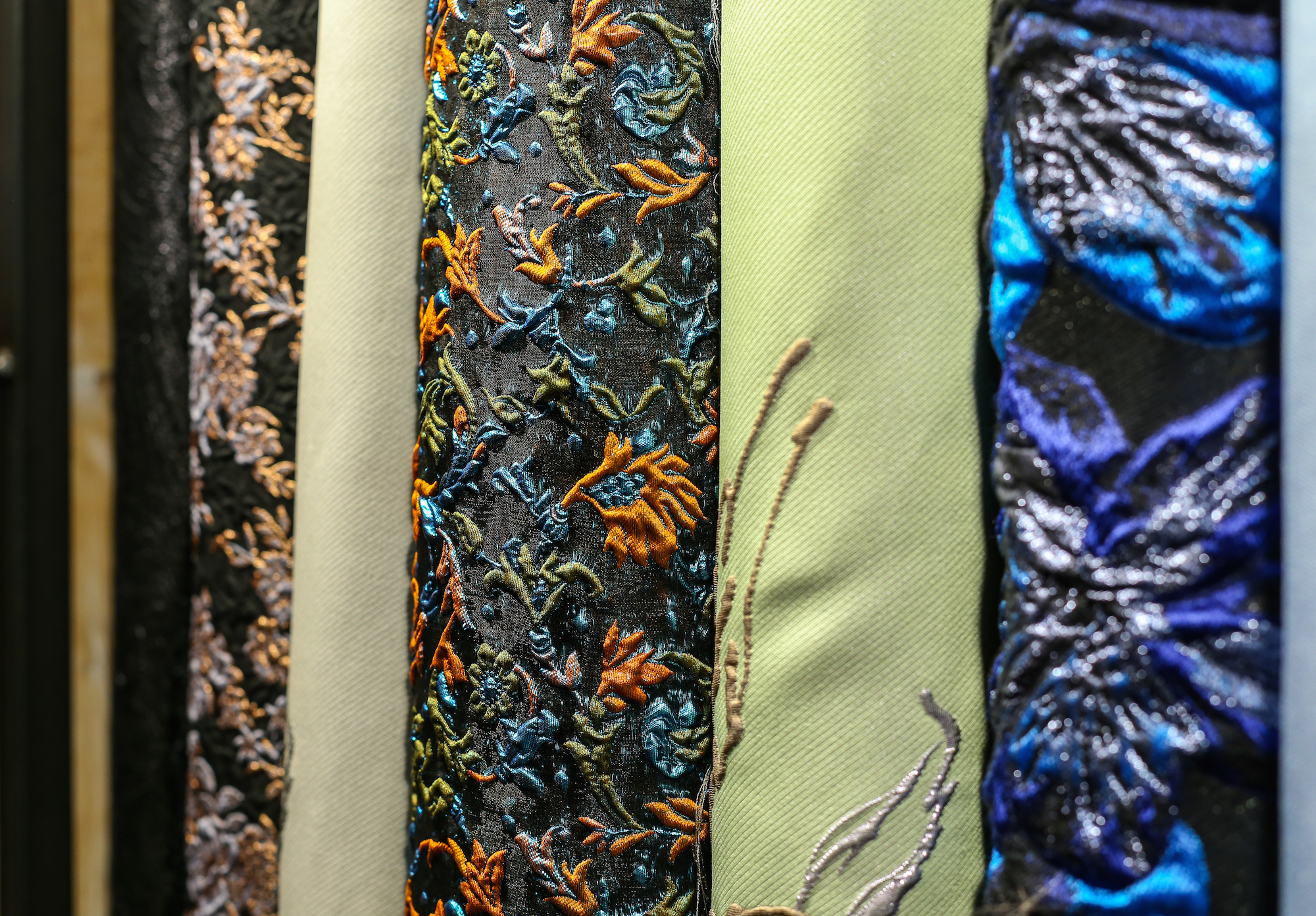
Fabrics
Given this sobriety and classicism, this collection has used noble materials for austere, serene and strident-free fabrics. Robust fabrics only in appearance with elaborate textures of strange touch where the glows merge with the matt. Velvets and silks become denser, but maintain lightness and softness to the touch to preserve a theatrical point without falling into excess. Tactile weaving designs and dark-coloured fabrics that play with well-studied points of light with dimmed brightness, but more rational than ever, have also been taken into account. Controlled light.
The Autumn-Winter 2019/2020 collection is also a collection rich in fabrics that mimic the fake fur or skin of animals with a clear cruelty-free spirit . Finally we have taken into account the fabrics that mimic manual techniques such as tie-dye , watercolours … It is obvious that they are manufactured via an industrial and digital process, but we try to make the final result seem handmade.
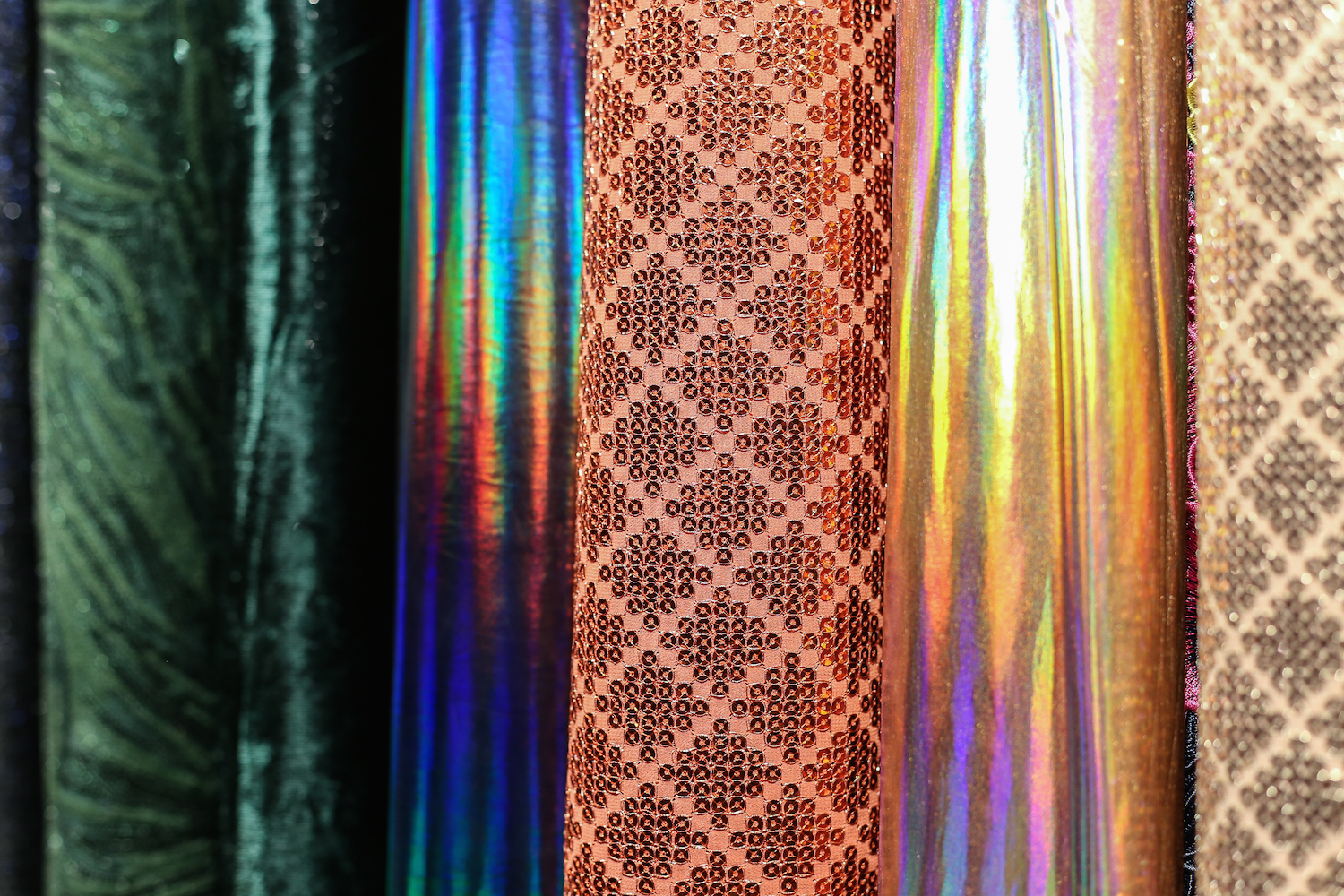
Designs
The designs also connect with nature from different angles: from floral elements, through spots and reliefs that mimic some minerals to prints that are reminiscent of of animal skins. The collection also includes the most basic linear graphics, pictorial motifs and a new reconfiguration of stripes and squares.
In fact, in general it is an eclectic proposal that mixes several codes, maintaining a basic tune: skin, manual-looking flowers, dimmed glosses, retro motifs inspired by the upholstery of the home, digitally printed tartans, surprising textures, night volumes …
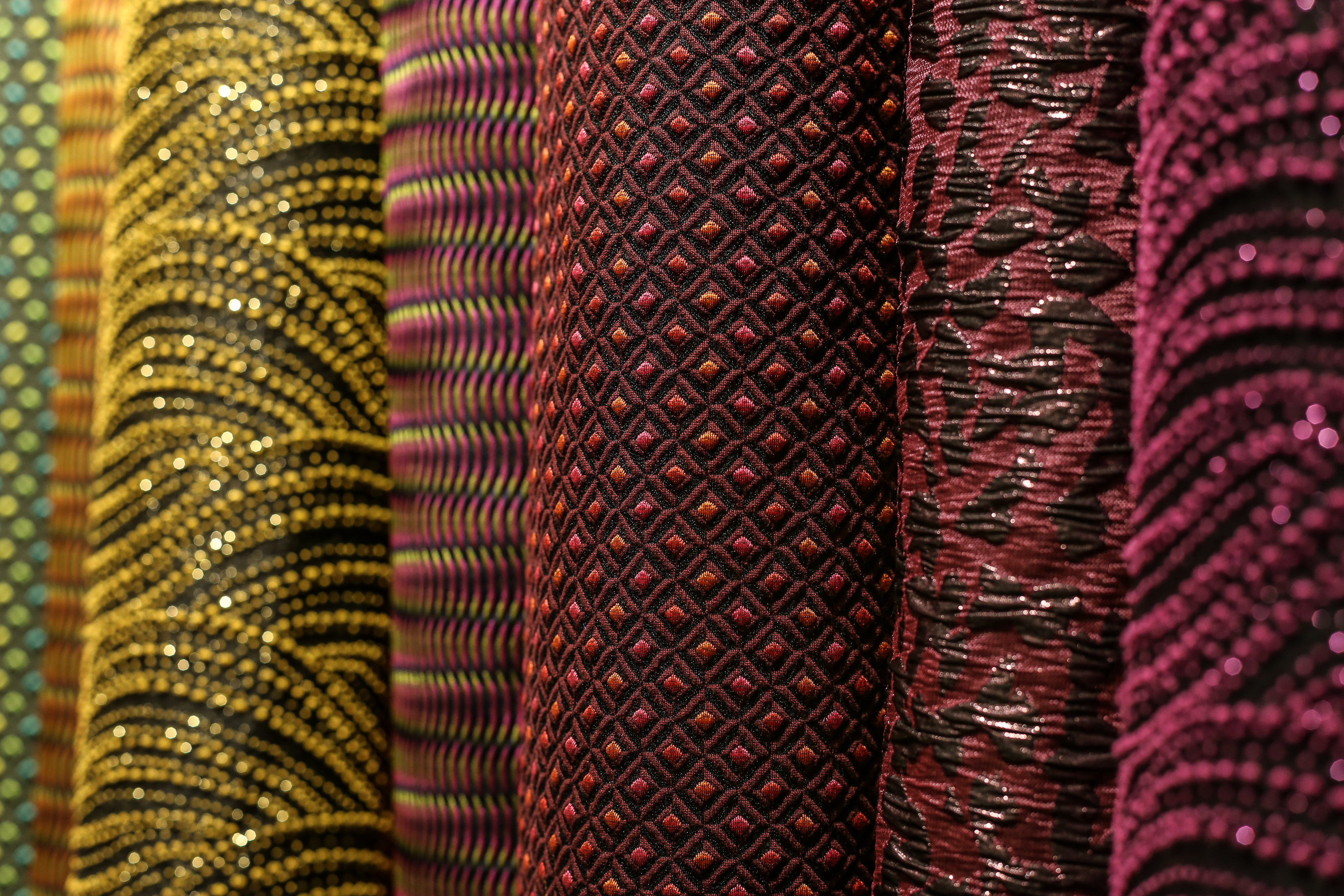
Colours
In chromatic matters there is talk of a dense but surprising collection where dark colours abound with small, carefully-worked glints that break with any monotony. A kind of poetic darkness. Black is a constant colour that articulates the winter creation. These muted winter tones refer to the beauty of imperishable classics. Sensual and elegant colours where textures and volumes become more evident.
Beyond the dark range there are other more cheerful tones such as some brush-strokes of winter blue, bright reds, caramelised bricks, cold turquoises with mustards, seductive greens (now paler compared to other seasons) and a palette of pinks in soft shades. There are also orange and strawberry nuances that seek harmony and contrast with the rest of the colours in the collection. All this colour flirts with the metallic shades, especially matt gold.
At Gratacós we hope you like this new feature and we invite you to come and see it in our store in Barcelona.
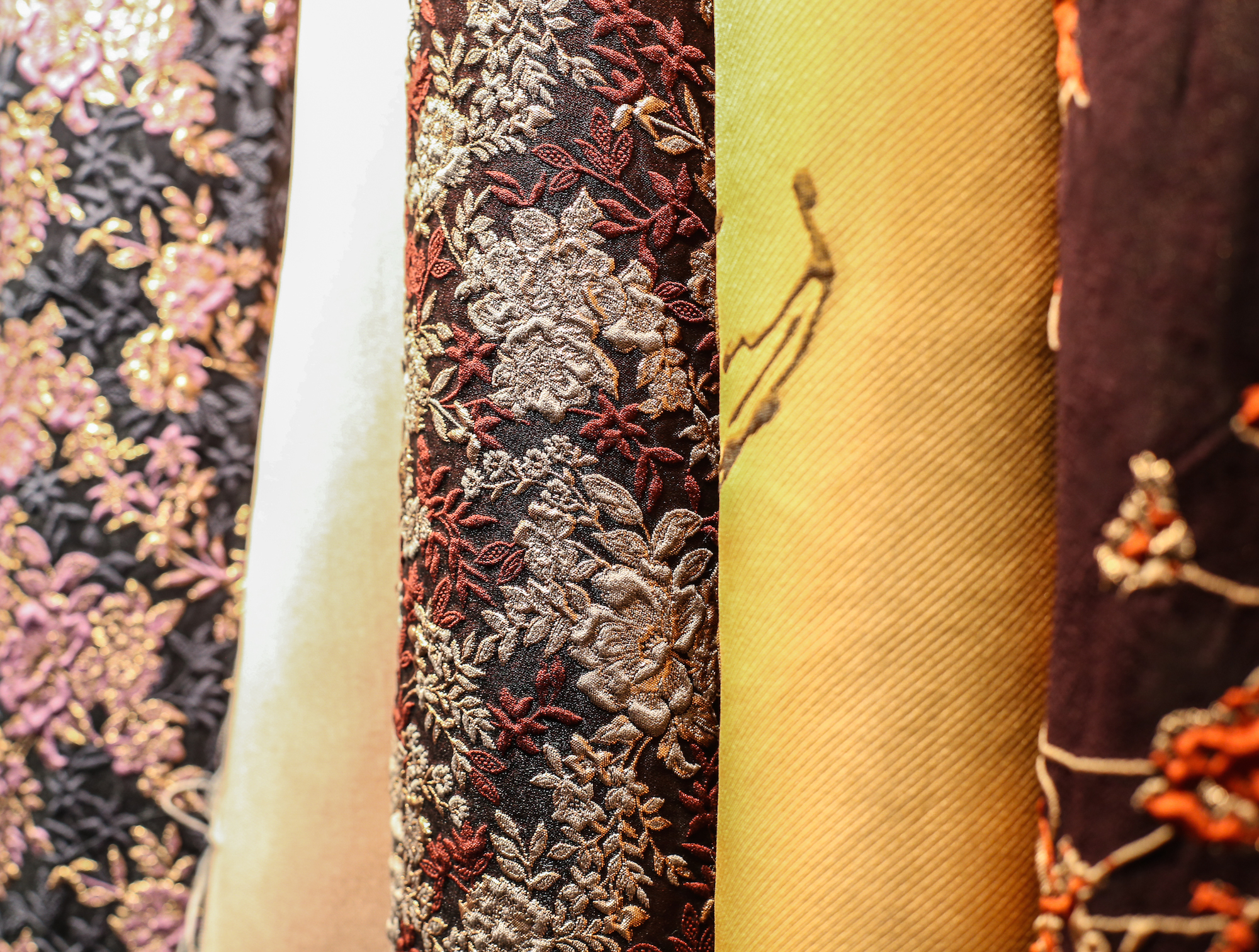
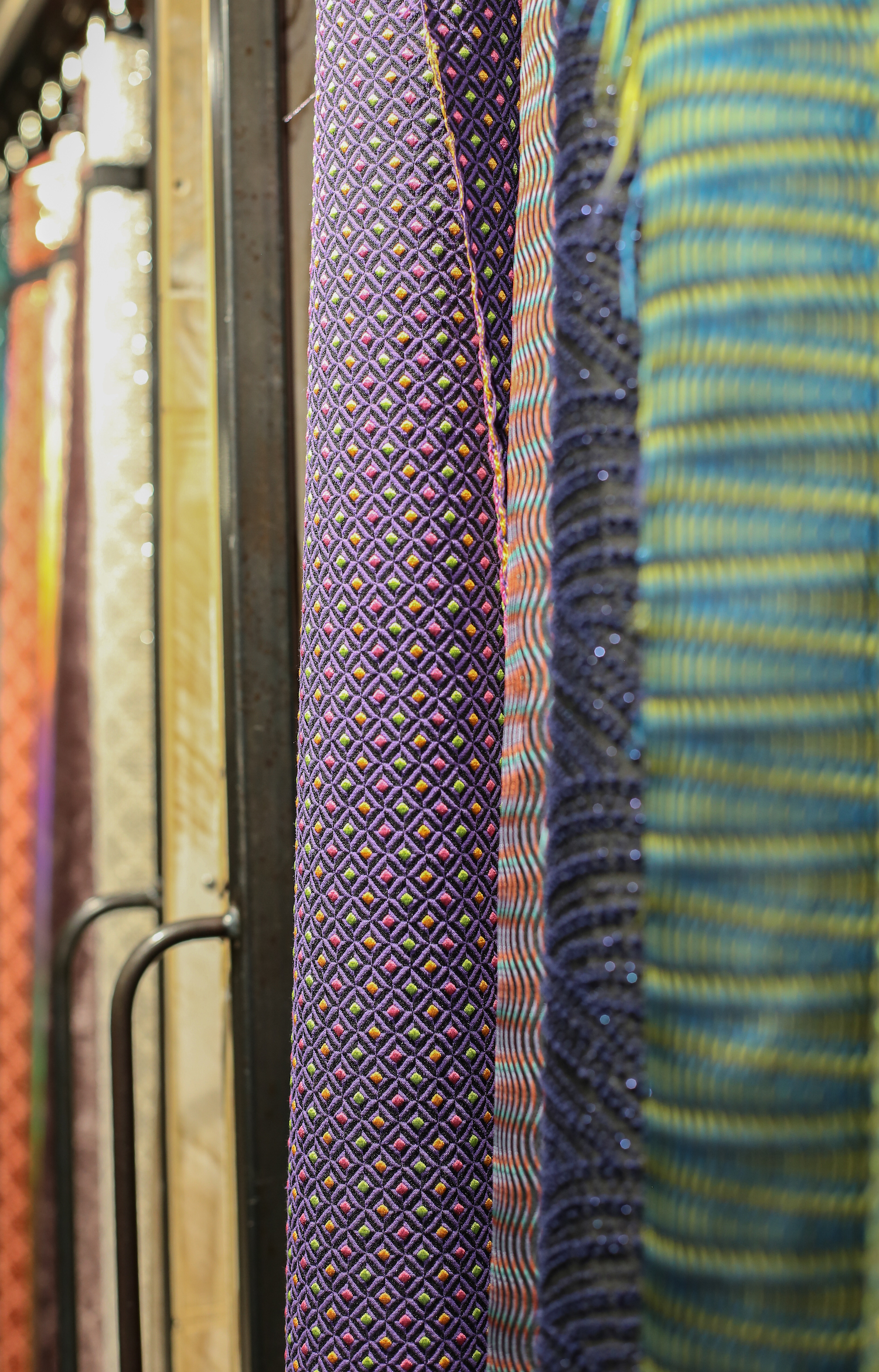
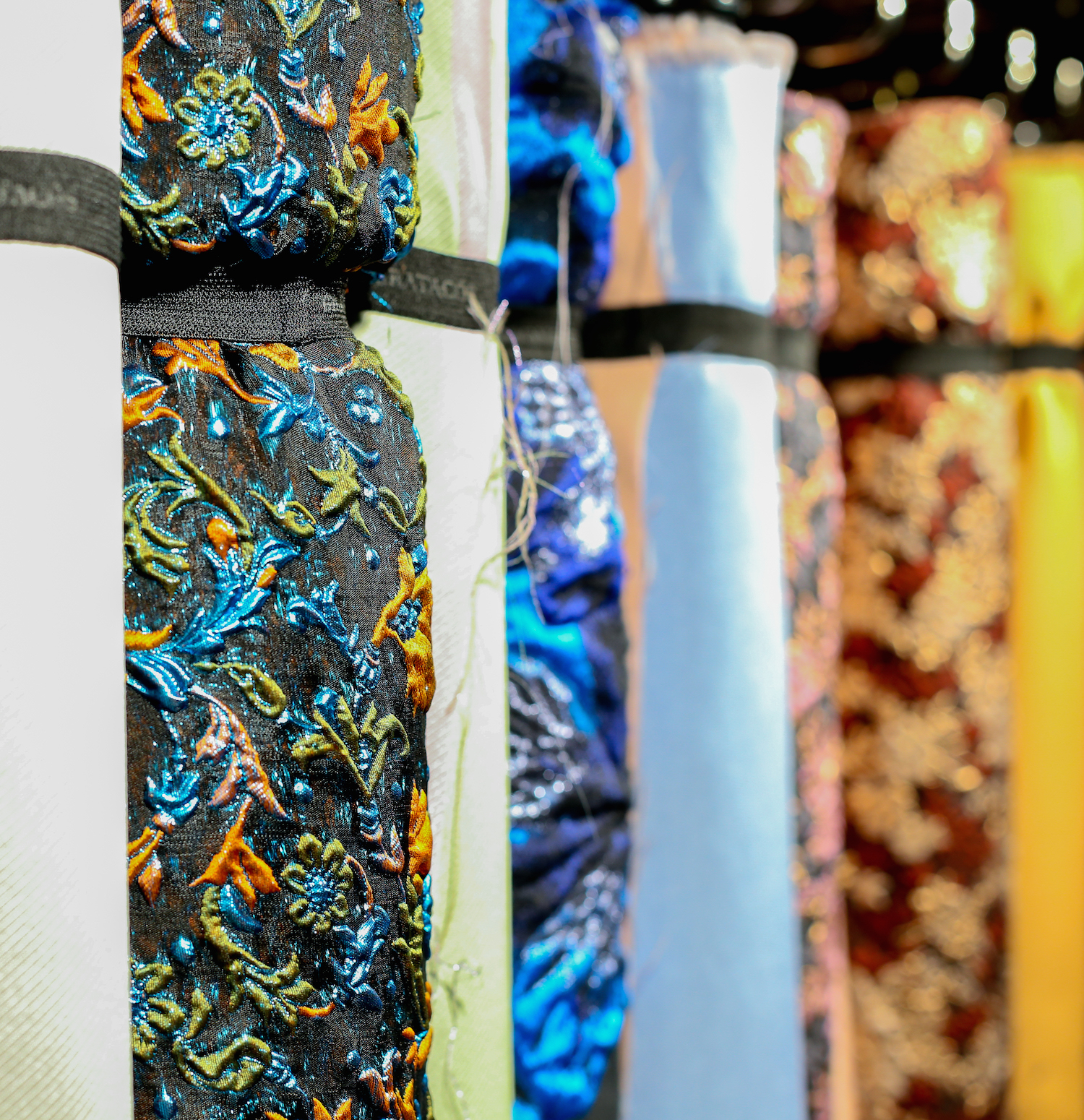
Sorry, this entry is only available in European Spanish.
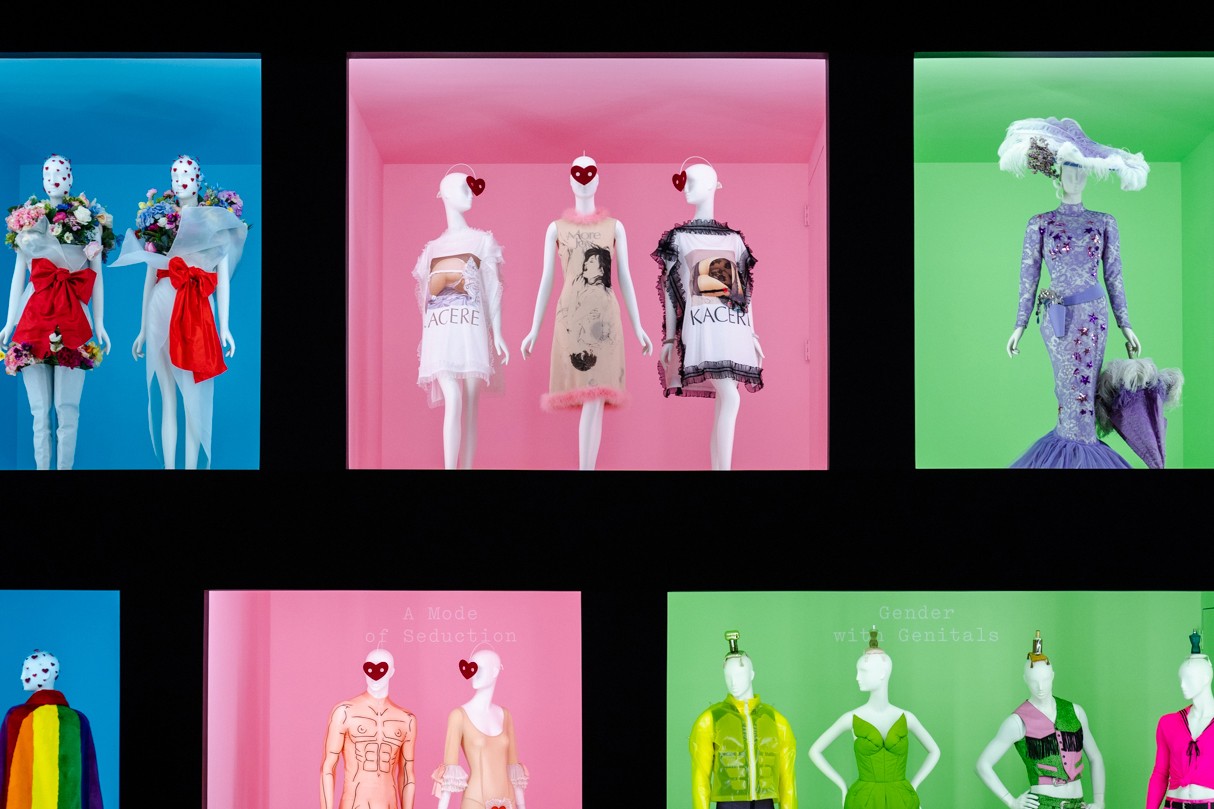
Think of some exaggerated, think of something extravagant, think of something theatrical. You got it? If so, you are thinking about the “Camp“ aesthetic, the neologism that is currently fashionable and that marks a trend toward maximalism.
What is the Camp? It is not an easy concept to approach at a theoretical level, perhaps aesthetically it is understood much better. Nor is it a new term, but a succession of ideas that draw it. Its conception comes from an essay by the writer Susan Sontag of 1964 entitled ‘Notes on Camp’ , a publication that deals with this artistic expression that reveals itself as a complex aesthetic that embraces multiple disciplines . The camp is defined as an ironic, humorous, artificial, theatrical, exaggerated movement … which is positioned between the highest art and popular culture. Between the divine and the earthly. The beautiful and the ugly that is exuberant but stylized. Sontag’s writings argue that camp is “love for the unnatural: artifice and exaggeration. Style at the expense of content. “
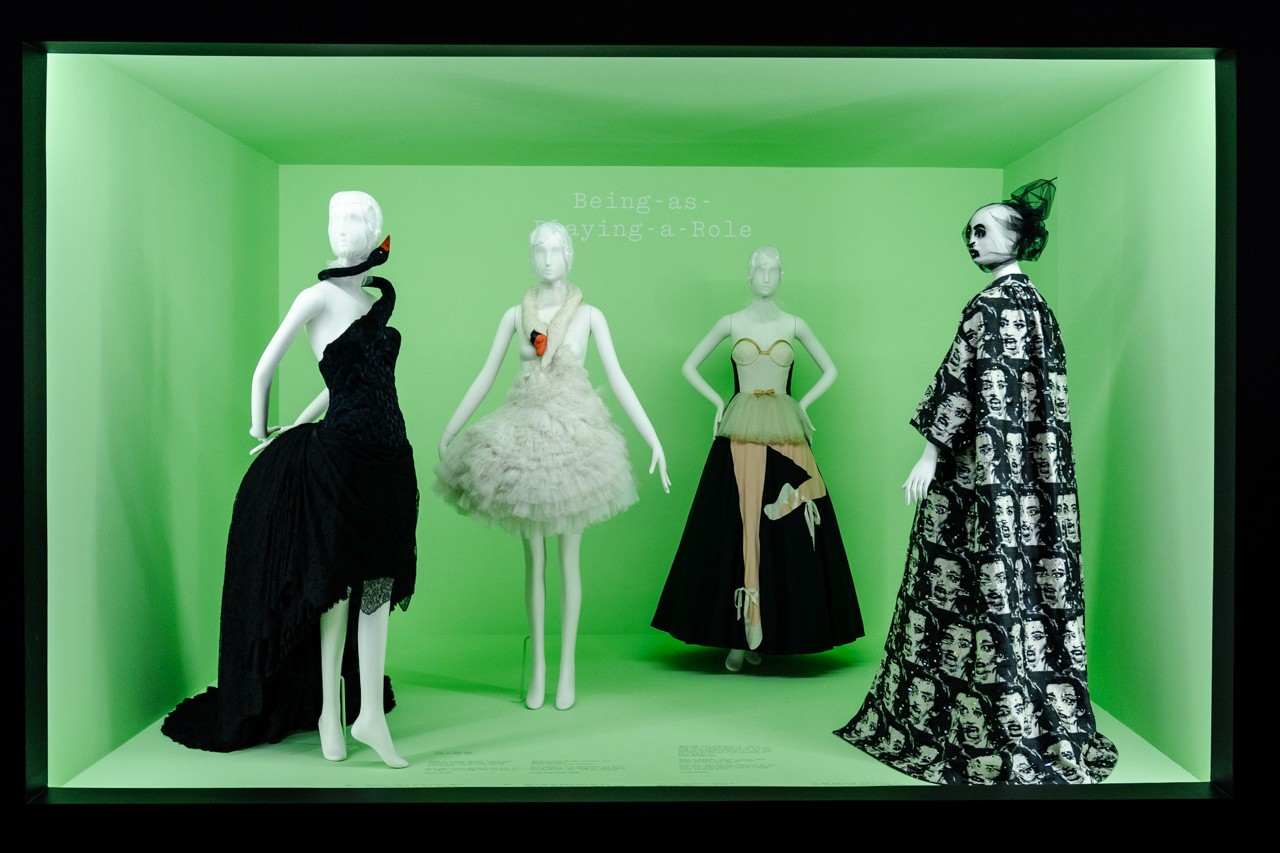
“Camp goes beyond kitsch: suggests combining art and pop culture”
For example, Sontag found this aesthetic phenomenon, for example, in the films of Busby Berkeley and actor Victor Mature, in the Maw West and General de Gaulle films, in Swan Lake, in the Flash Gordon comics, in the tenebrist paintings of Caravaggio, in the chinoiserie style and in the entire Art Nouveau movement. The writer and essayist breaks down in 58 points all the possible acceptances of the term with clear allusions to the cinema, literature, painting or architecture. Regarding the field of fashion, Sontag also notes explicit references: “Camp is a woman walking with a dress made with three million feathers.”
Precisely this week opens in The Metropolitan Museum of Art the exhibition that shapes this whole phenomenon through more than 250 objects that date from the 17th century to the present. An exhibition that explores the origins of this exuberant aesthetics and has a sponsorship luxury that is leading precisely one of the firms most aligned with this movement: Gucci creative director Alessandro Michele represents n now a new inspiration from Camp in the XXI century.
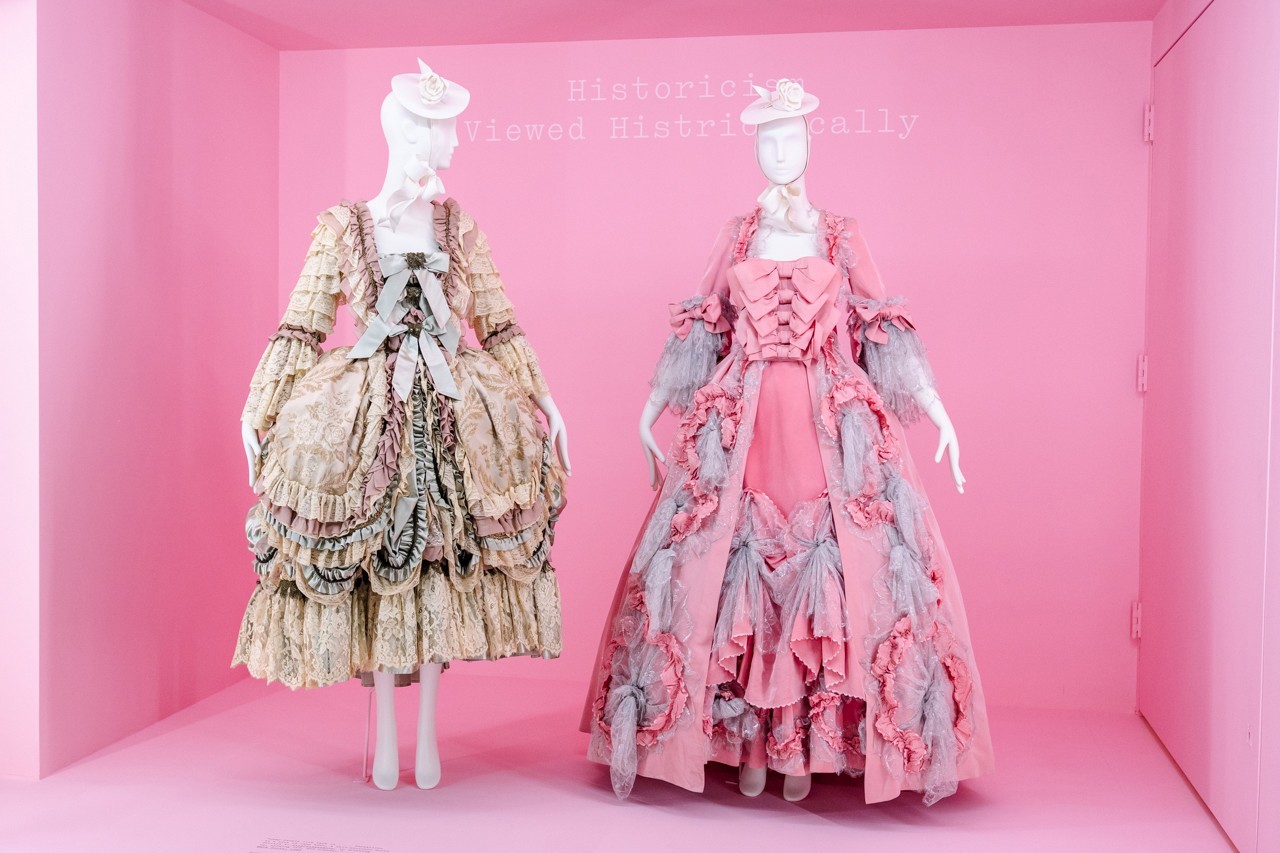
Where does the Camp come from?
Susan Sontag It situates its origins in the seventeenth century in the French court under the reign of Louis XIV. The same Sun King built Versailles, a powerful fortress and a dazzling showcase for the nobility to be gathered for enjoyment and enjoyment of the monarch. They went to the ostentatious rooms of Versailles where a protocol and demands for clothing for the king and his court were elaborated, which forced to squander large sums of money to keep up appearances. Literally.
At the death of Louis XIV flourished the Rococo style in fashion, characterized by excess, volumes, architectural and mammoth silhouettes that served mainly for the ornament, accompanied by accessories, ties, embroidery, wigs … that enhanced this artificiality. The opulence reached its peak around 1770. After some anecdotal incursions in the 19th century, the word gained popularity at the beginning of the 20th century among homosexuals of the time, where they found in the Camp all a language full of meanings. An accessory in particular, a fabric in a shoe, a tight-fitting clothing, a certain color. Later, Andy Warhol was also inspired by the term to make it his own within pop culture. Designers like Elsa Schiaparelli , Jean- Paul Gaultier, John Galliano, Marc Jacobs, Erdem, Cristobal Balenciaga and Thom Browne enter the Camp, as well as the new generation as Molly Goddard , Richard Quinn, Matty Bovan or Palomo Spain, to name a few. In the exhibition “Camp: Notes on Fashion “is also cited other emblematic and legendary designers such as Paul Poiret, Marc Jacobs and Karl Lagerfeld through various dresses and looks that make up the exhibition.
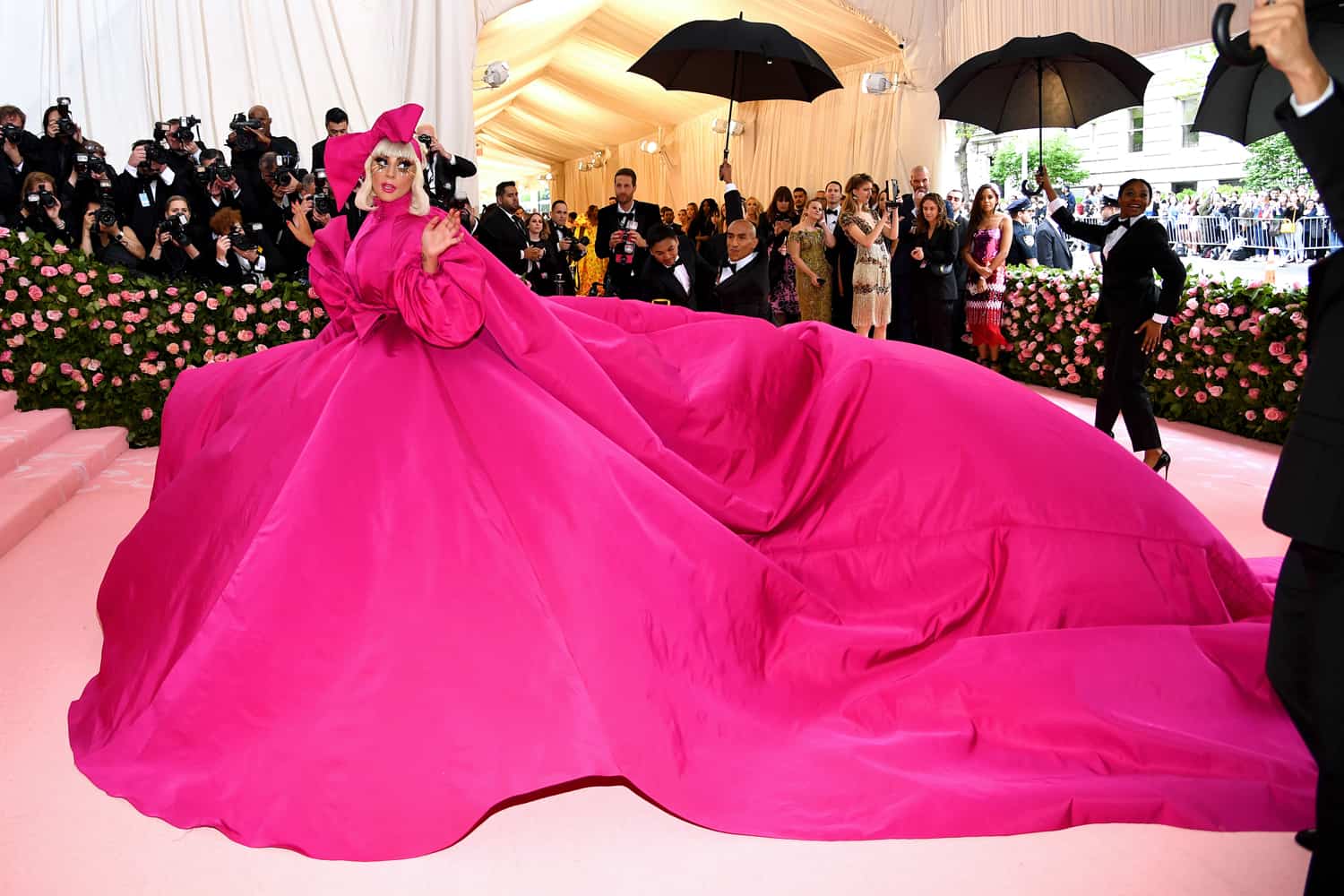
Lo Camp at the MET Gala
As an aperitif to the exhibition, the Metropolitan Museum of Art in New York received the most stylish celebrities and philanthropists on the planet in the traditional festival Anna Wintour organizes each year: the MET Gala that is celebrated every first Monday of May in this emblematic New York location. A solidary party that is equated with the Oscars at the media level. Thus, with a cloud of flashes on the pink carpet and the hashtag # MetCamp on social networks, the invited media exhibited their extravagant outfits inspired, as it could not be otherwise, in the theme of the exhibition, Camp: Notes on Fashion. In fact, it was the British Andrew Bolton, chief curator of the Institute of Clothing, responsible for choosing the theme.
In addition to the famous editor of the ubiquitous Vogue USA, the party counted as hosts with Alessandro Michele leading Gucci, pop queen Lady Gaga, singer Harry Styles and tennis player Serena Williams.
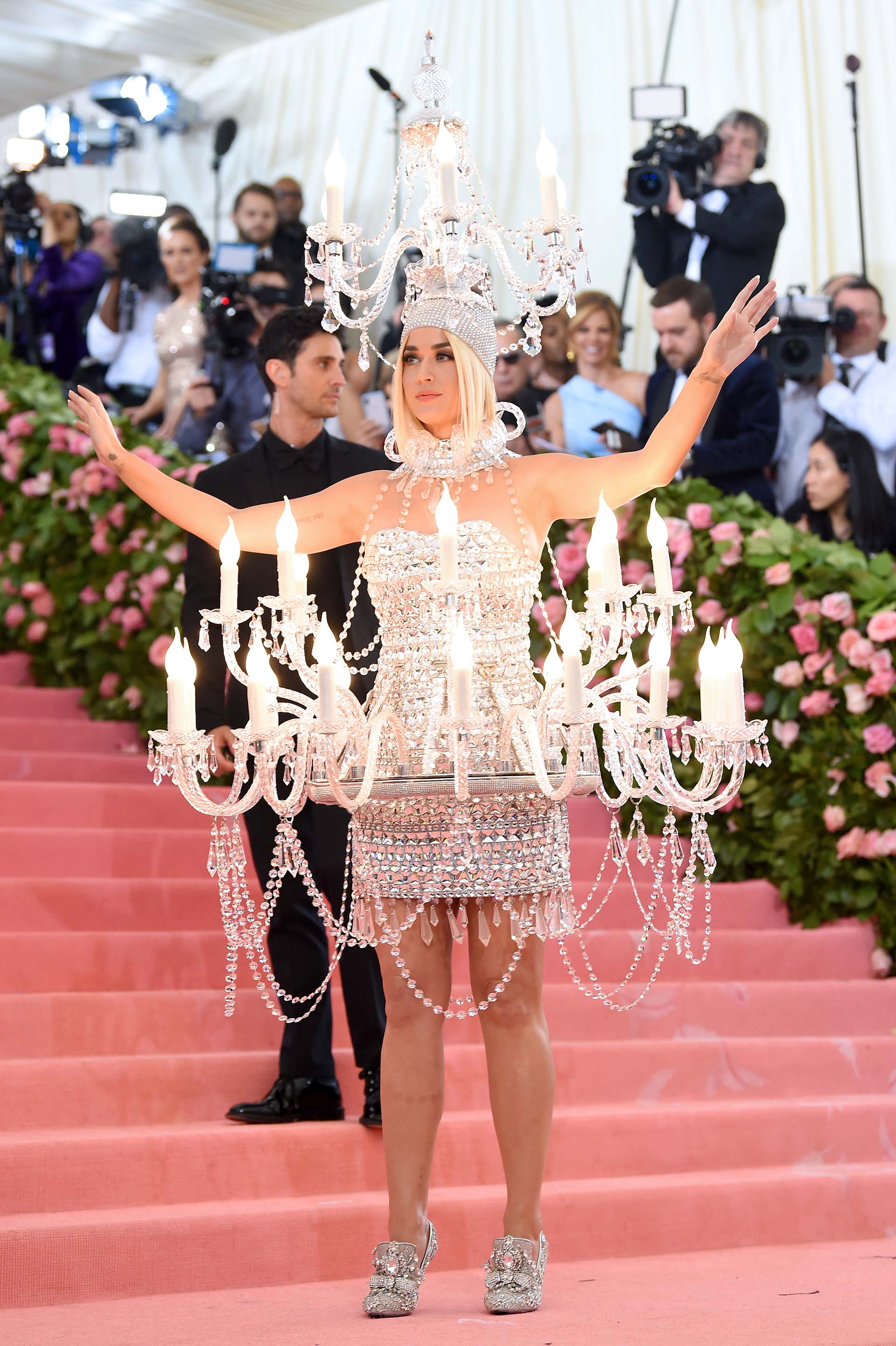
Between this popular parade of vanities there were successes and mistakes, the theme is not easy precisely. Many were the looks that surprised us and we will cite some that inspired us as, for example, the performance that Lady Gaga did with her stunning fuchsia dress by Brandon Maxwell that was removed little by little, with two other changes to stay at the end with a lingerie set, some fishnet stockings and platform boots. Or the light that Katy Perry brought dressed in a candelabra, a work by Moschino. De Gucci were many celebrities, although Jared Leto stood out, posing with a replica of his head as the models of the Italian firm did in their fall-winter 2018 fashion show. The Cara Delevinge top appeared with an amazing Dior multicolored couture inspired by bow -iris. The actor Billy Porter, known for the Pose series, gave the audience a golden moment by presenting himself as an authentic Egyptian deity. The actress and singer Zendaya became a modern Cinderella by grace of Tommy Hilfiger or the always risky Janelle Monae was visited as a work of art thanks to the designer Christian Siriano.
Many were the proposals in one of the most unforgettable nights of the year where creativity was given free rein. Indeed, feathers were not missing either. From Gratacós we have also been inspired by the fabrics that suggest this Camp aesthetic under the motto: L or artificial as a trend.
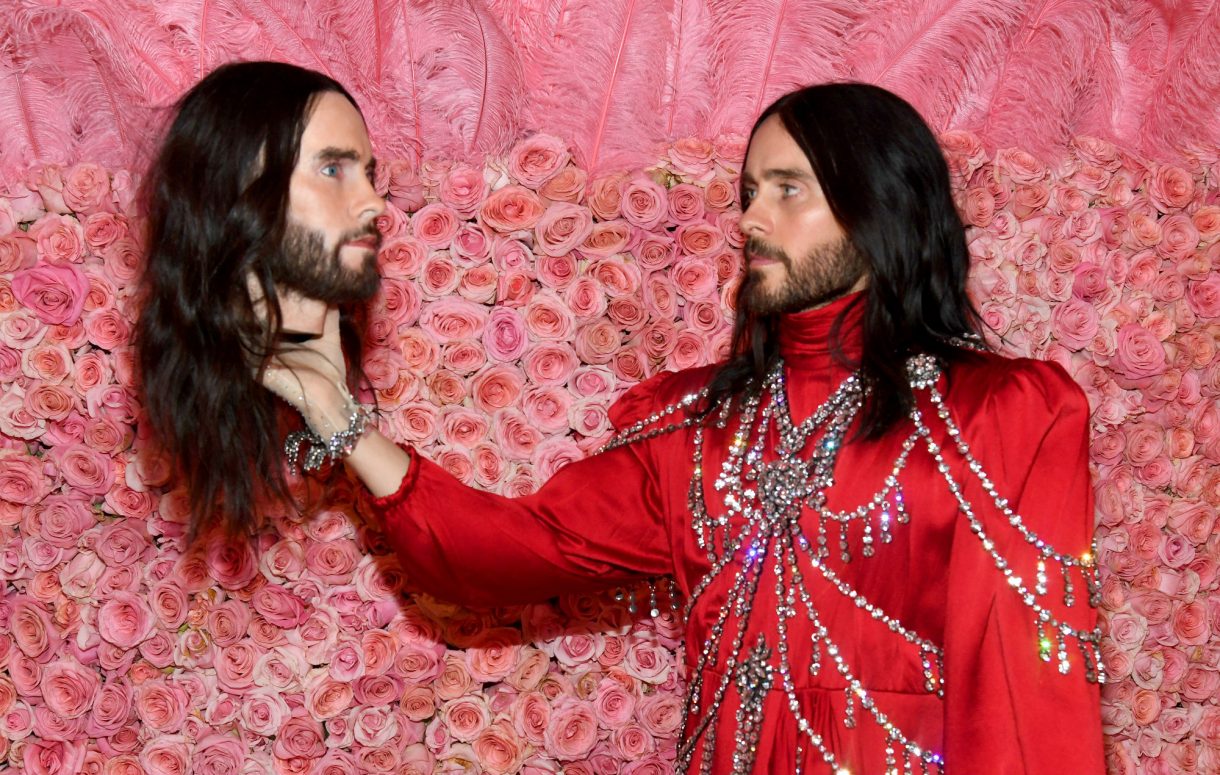
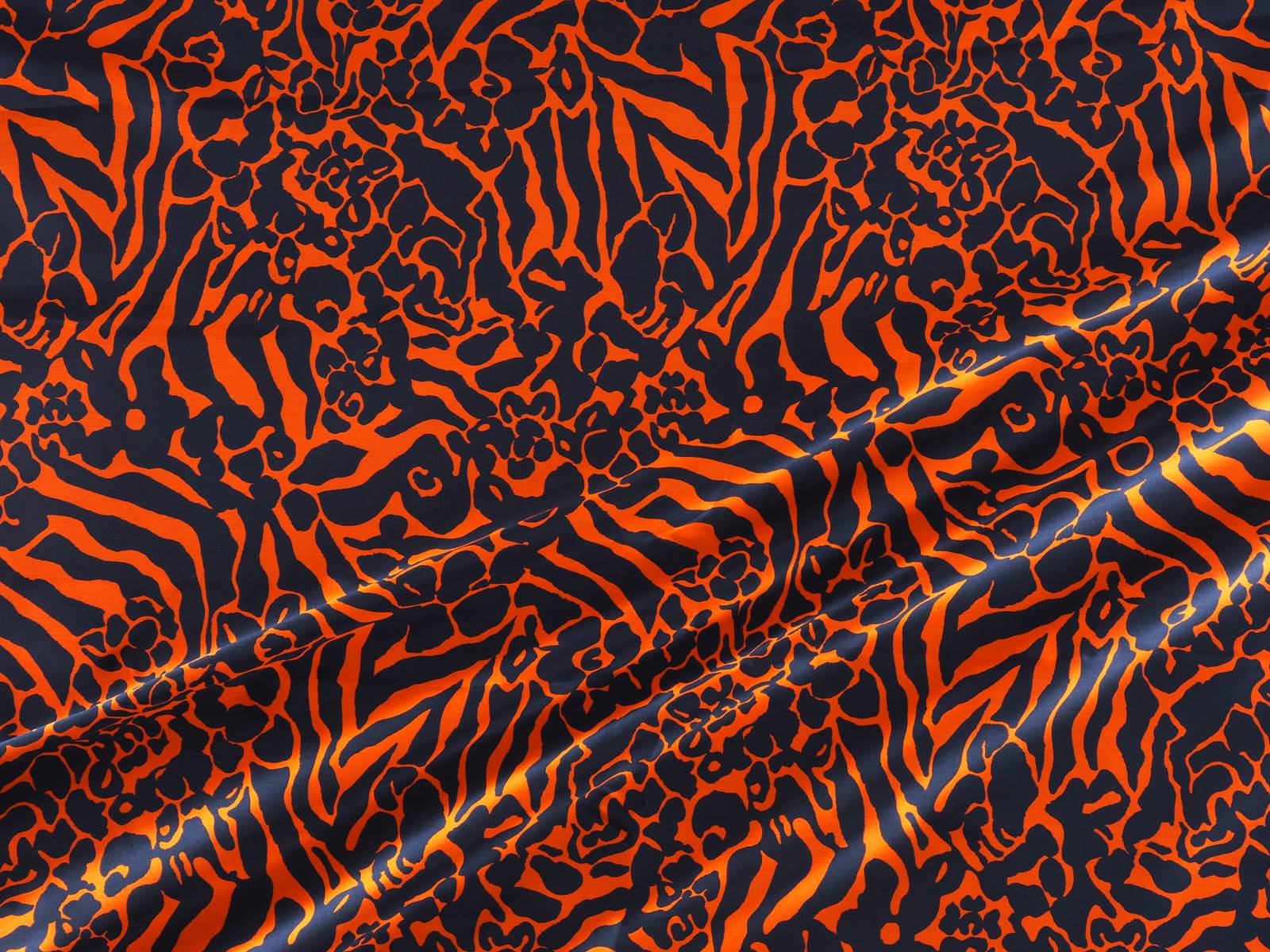
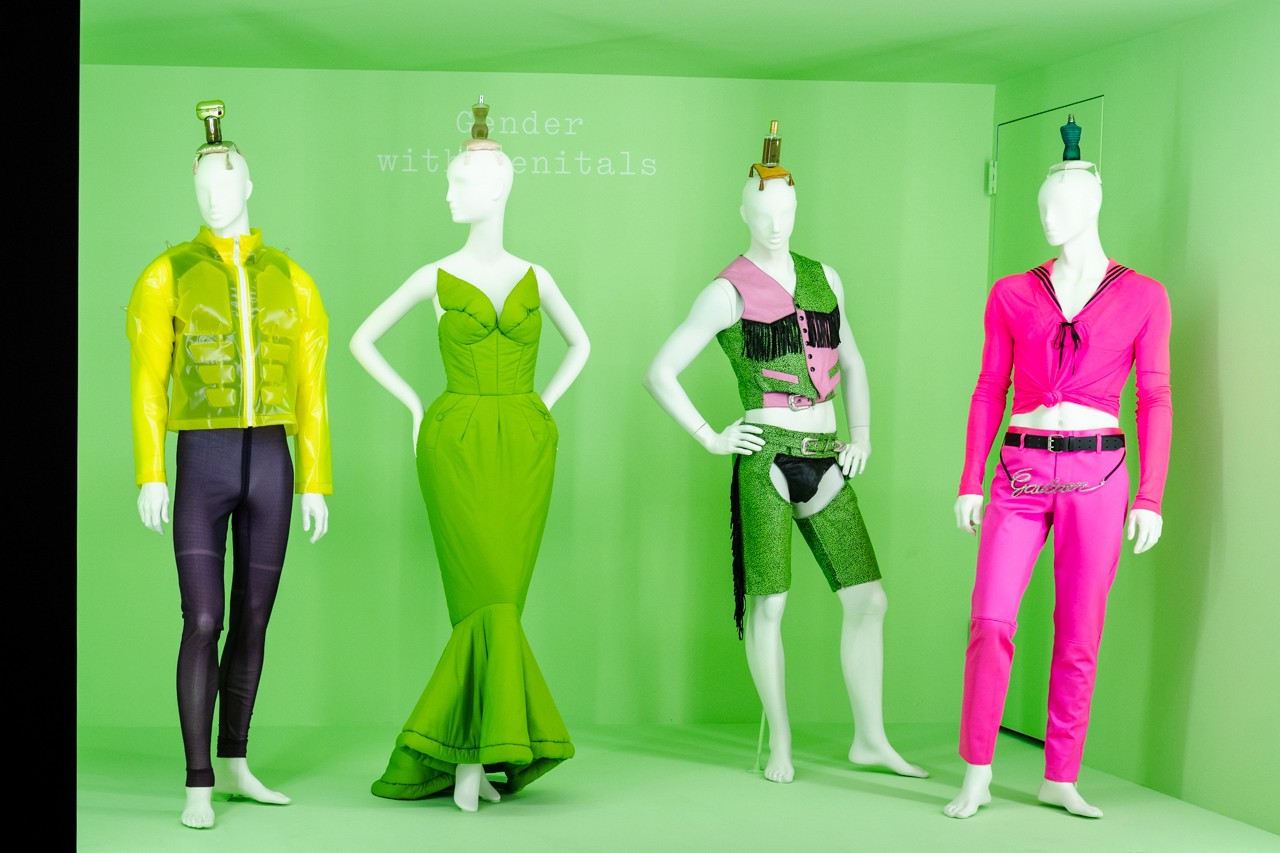

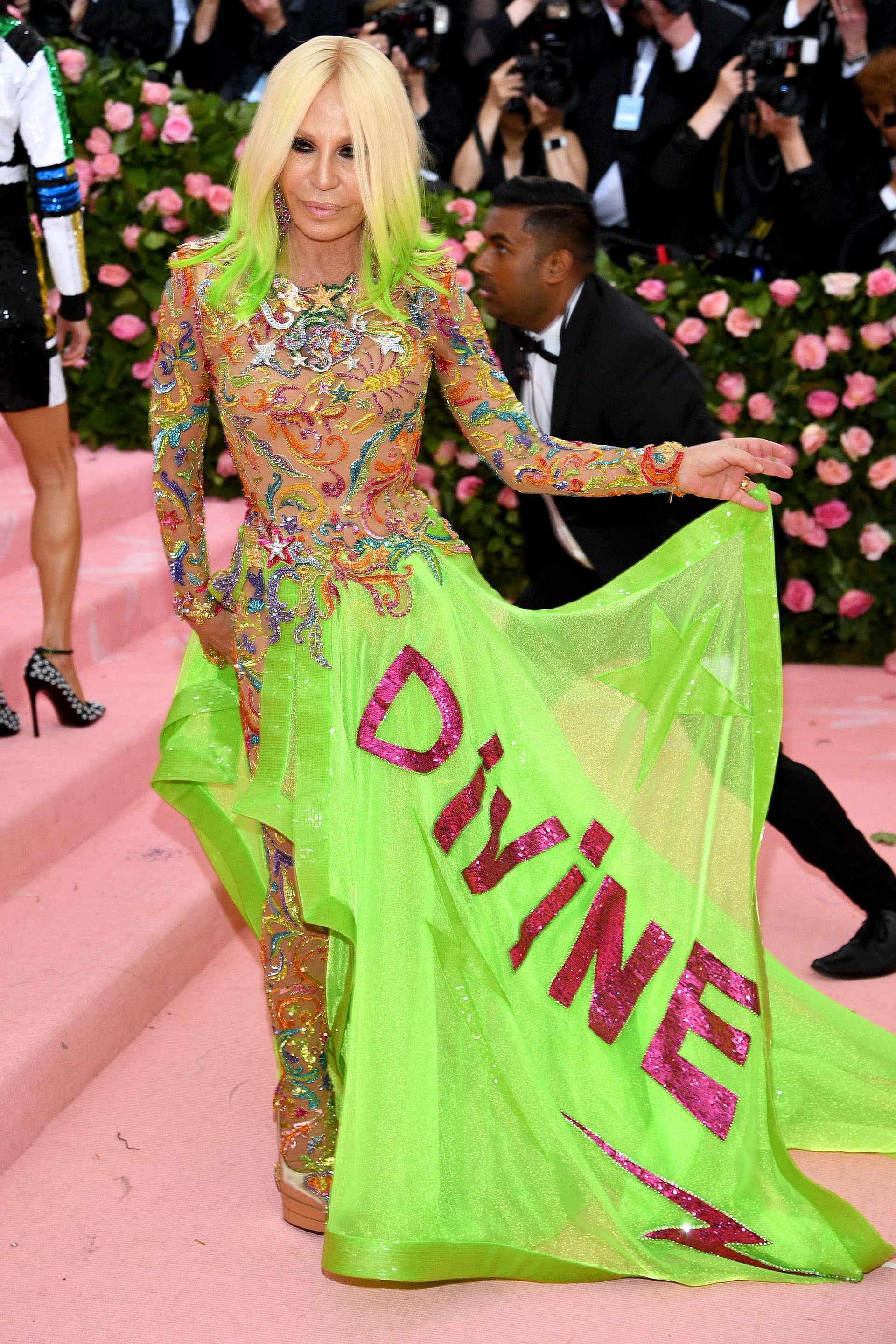
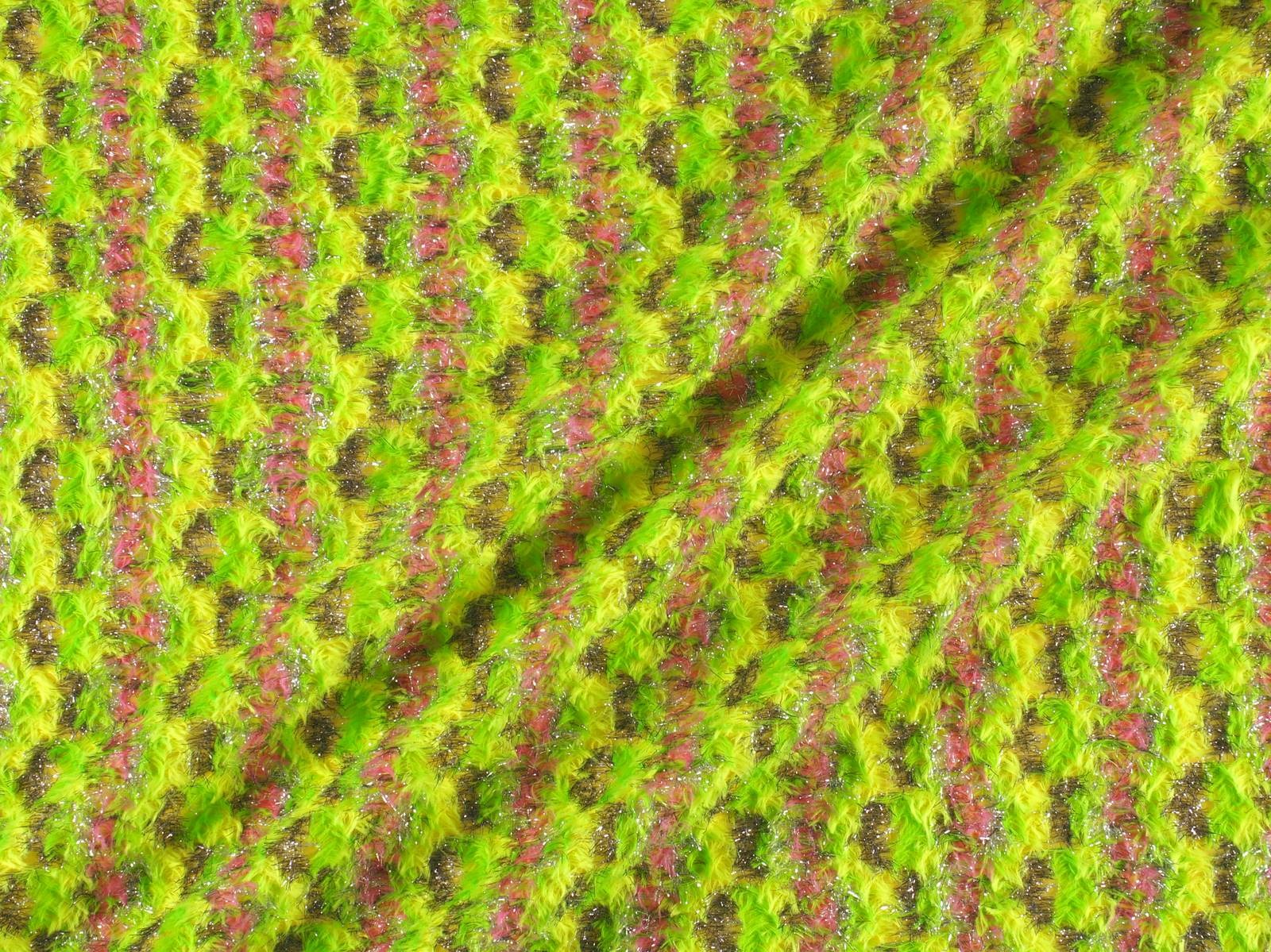
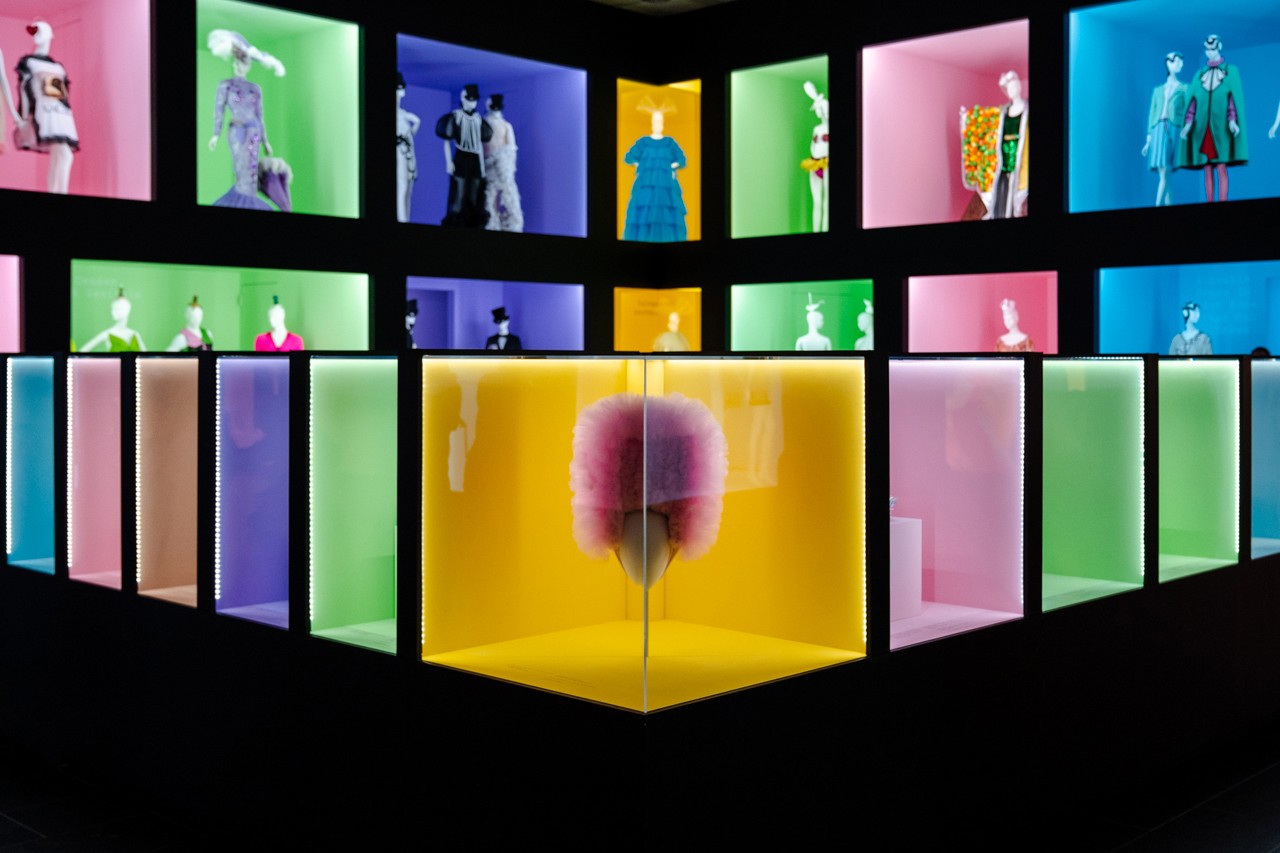
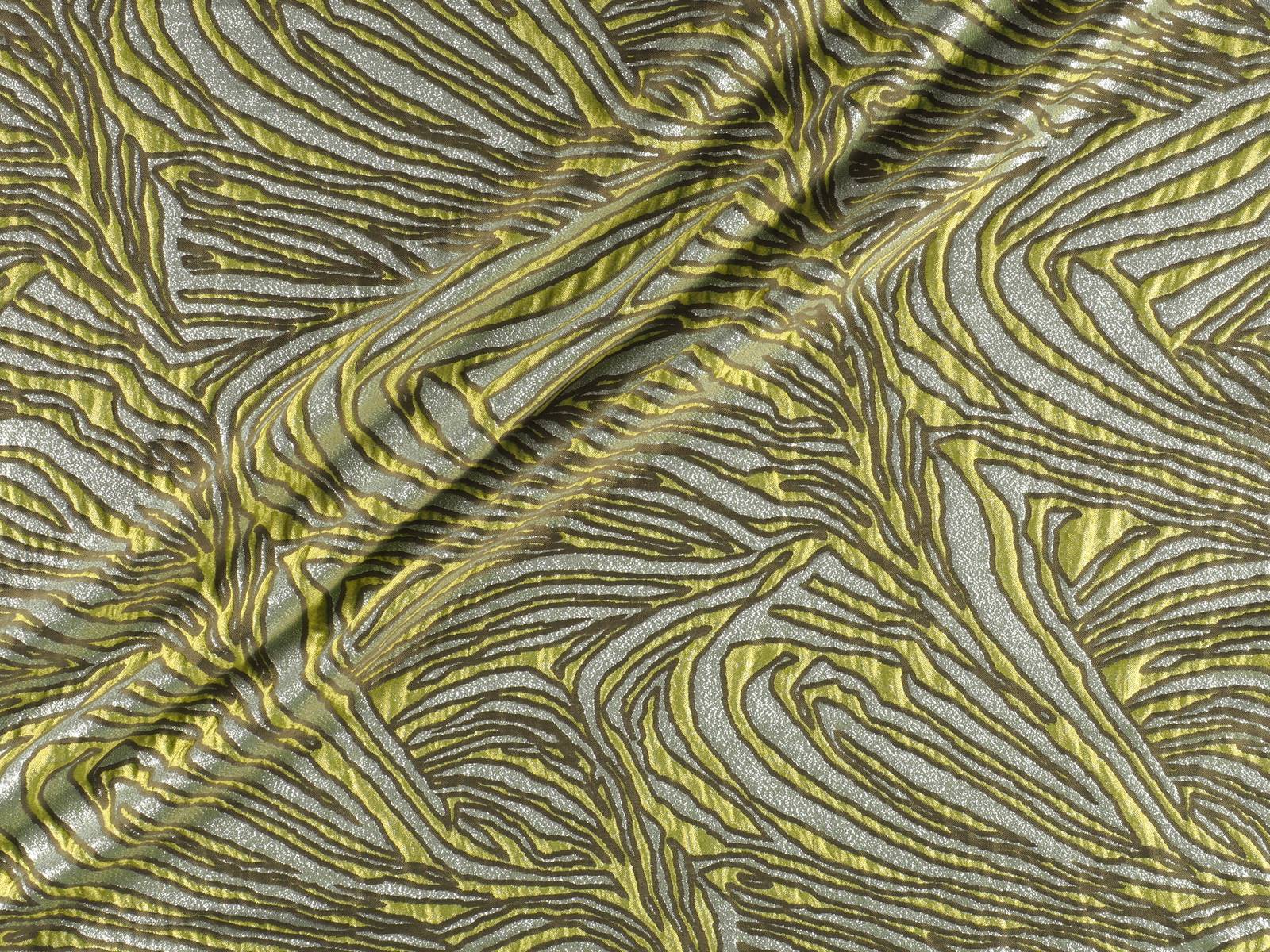
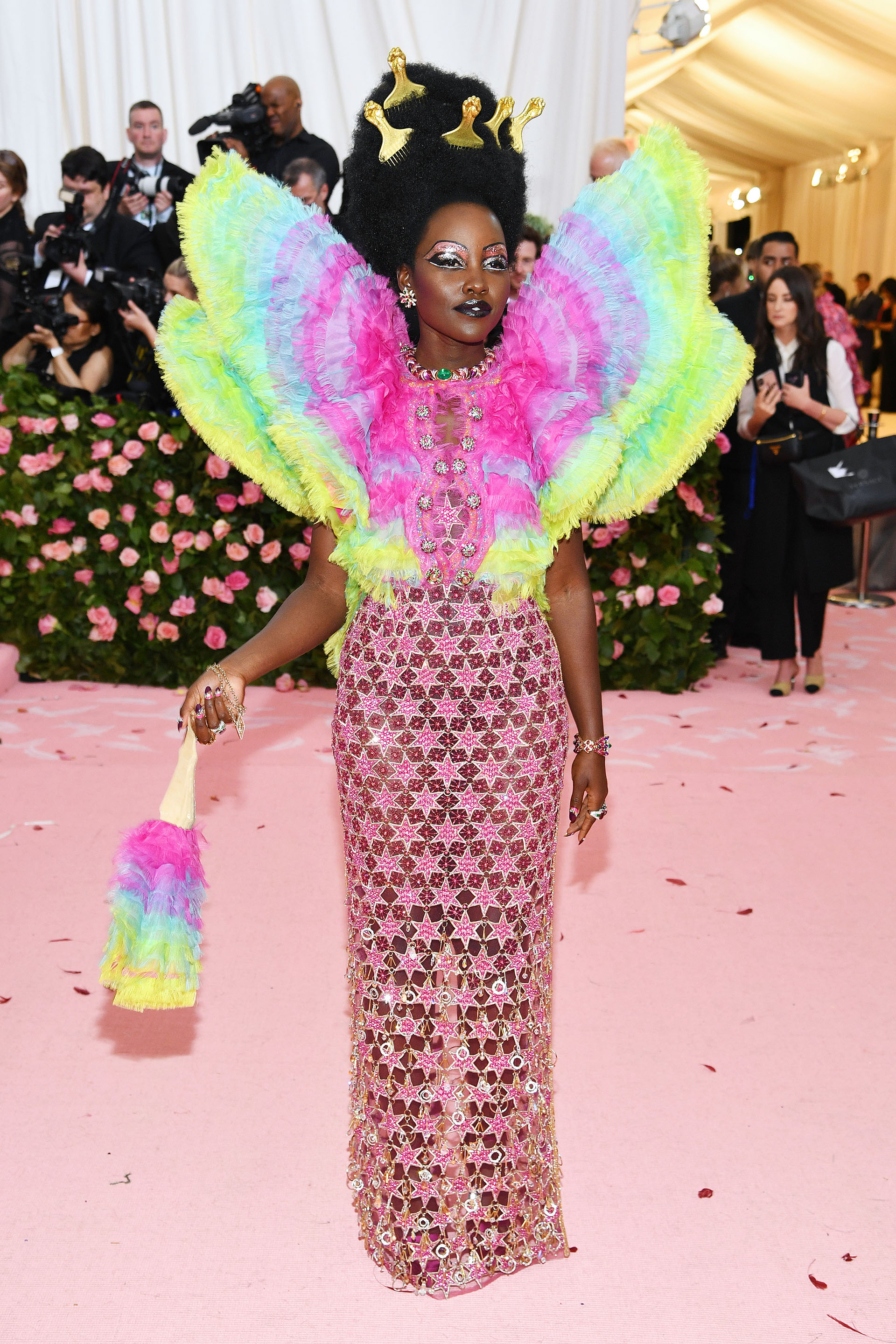
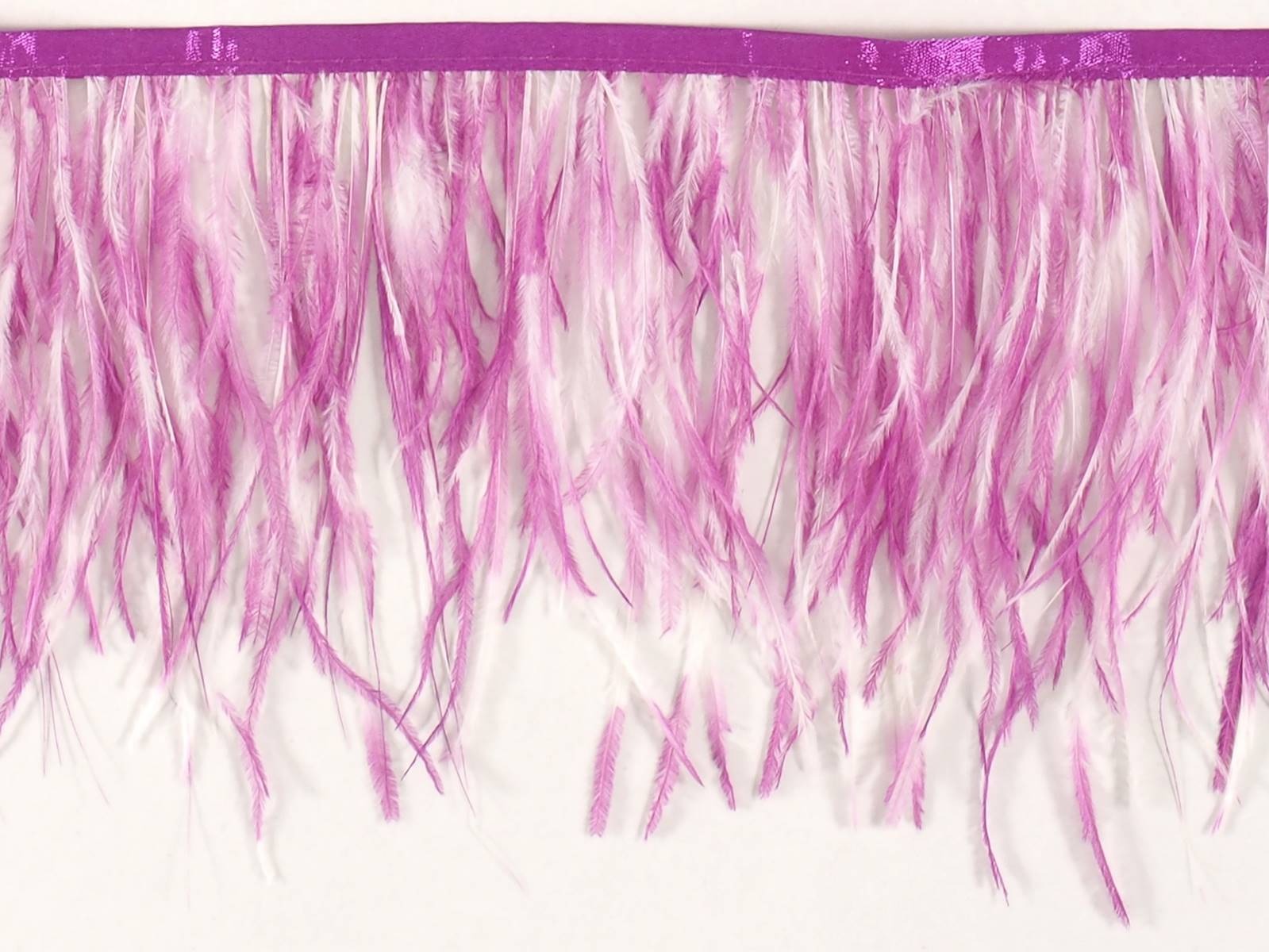
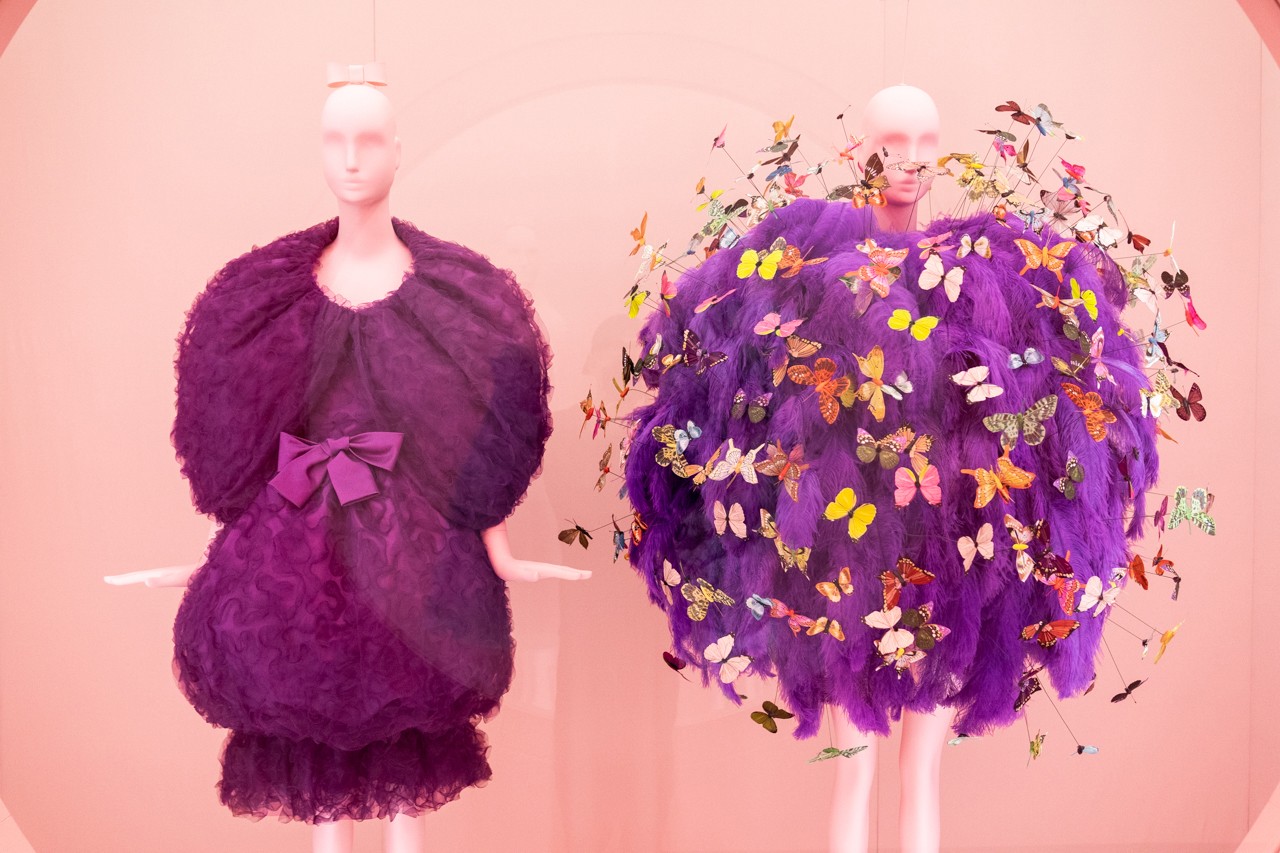
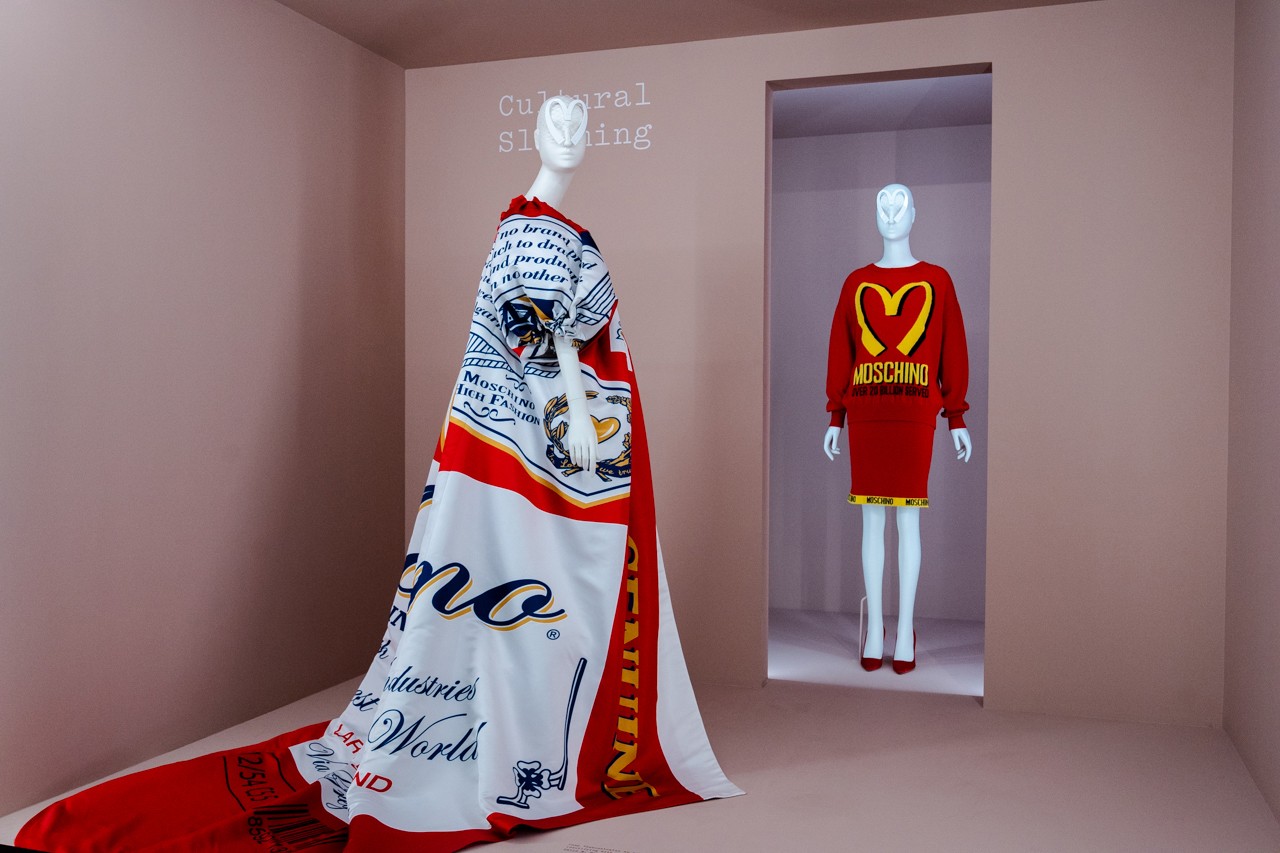
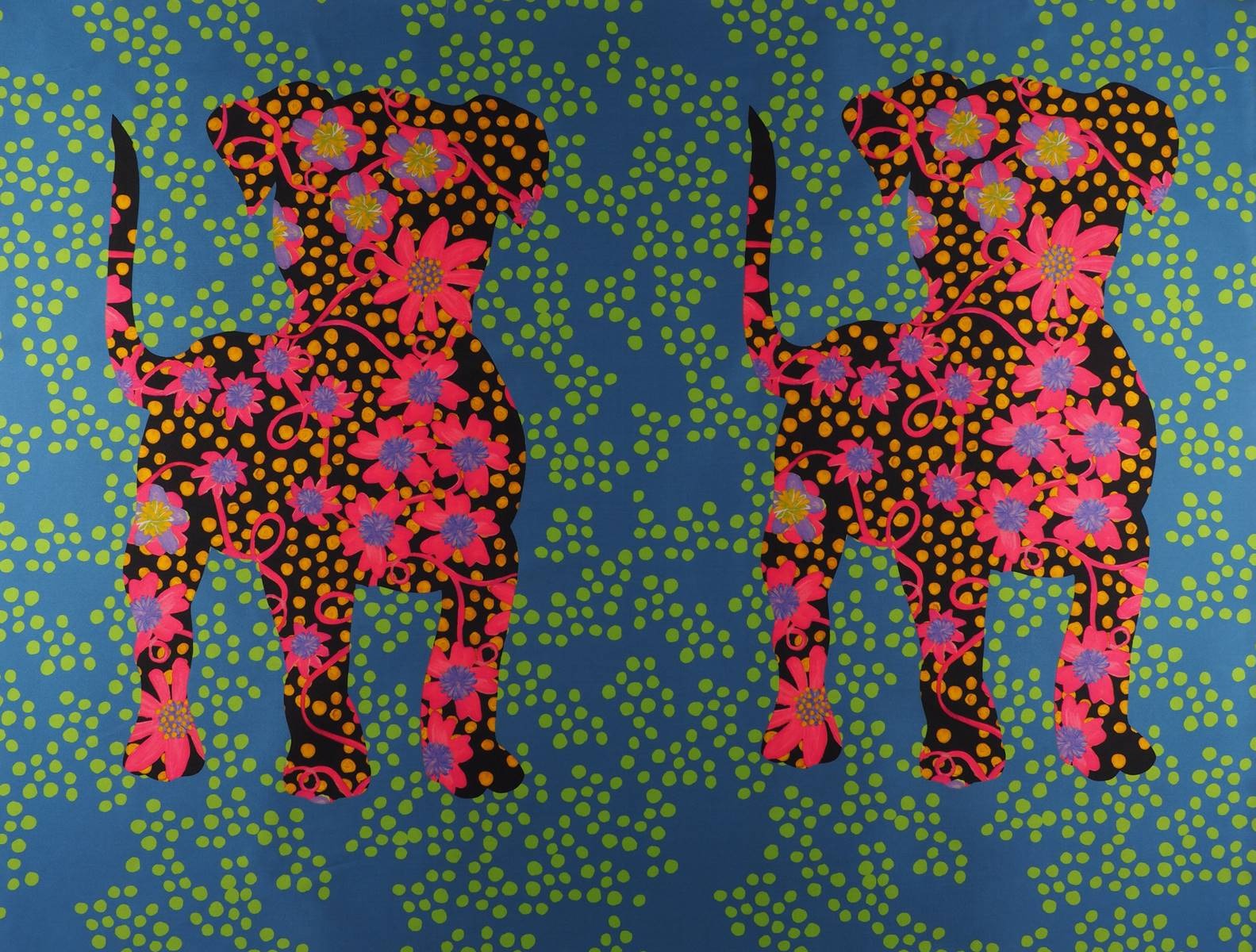
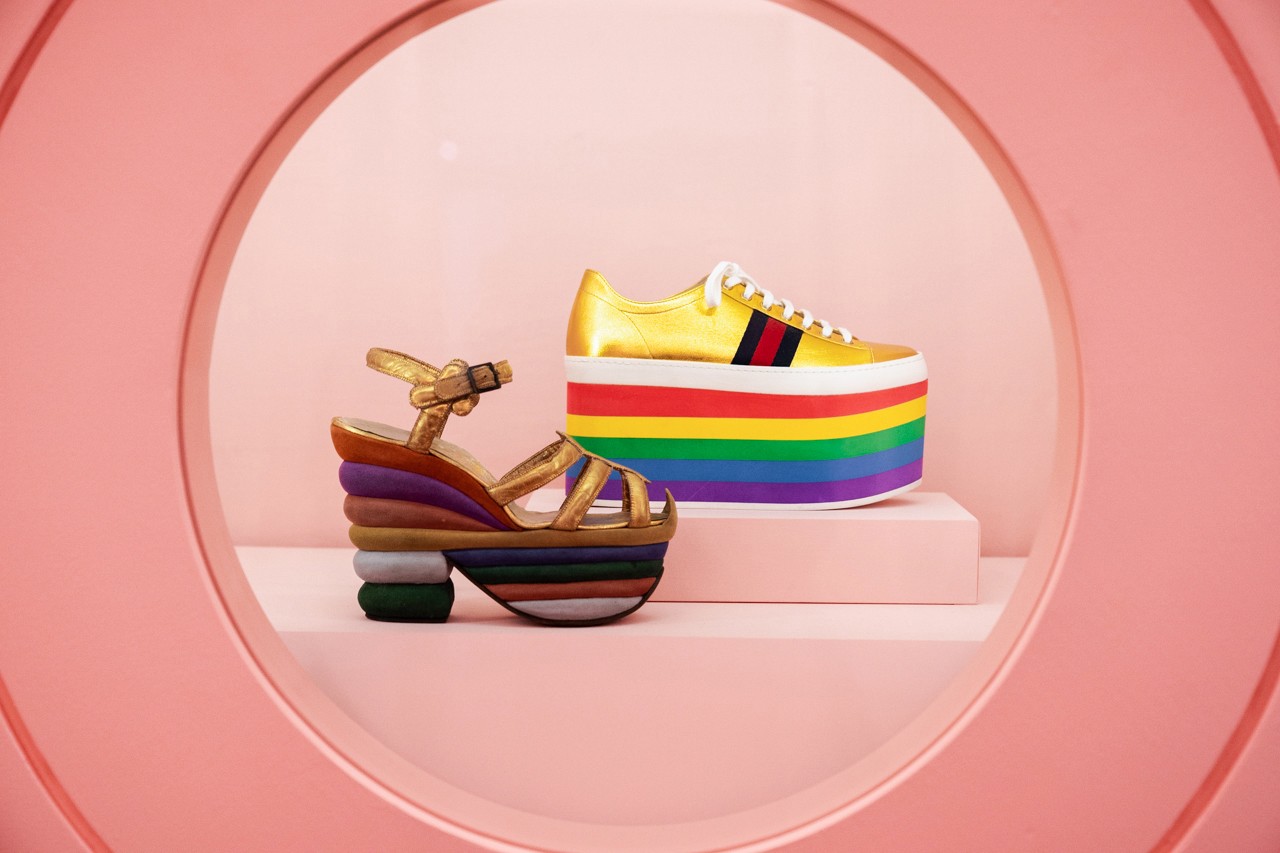
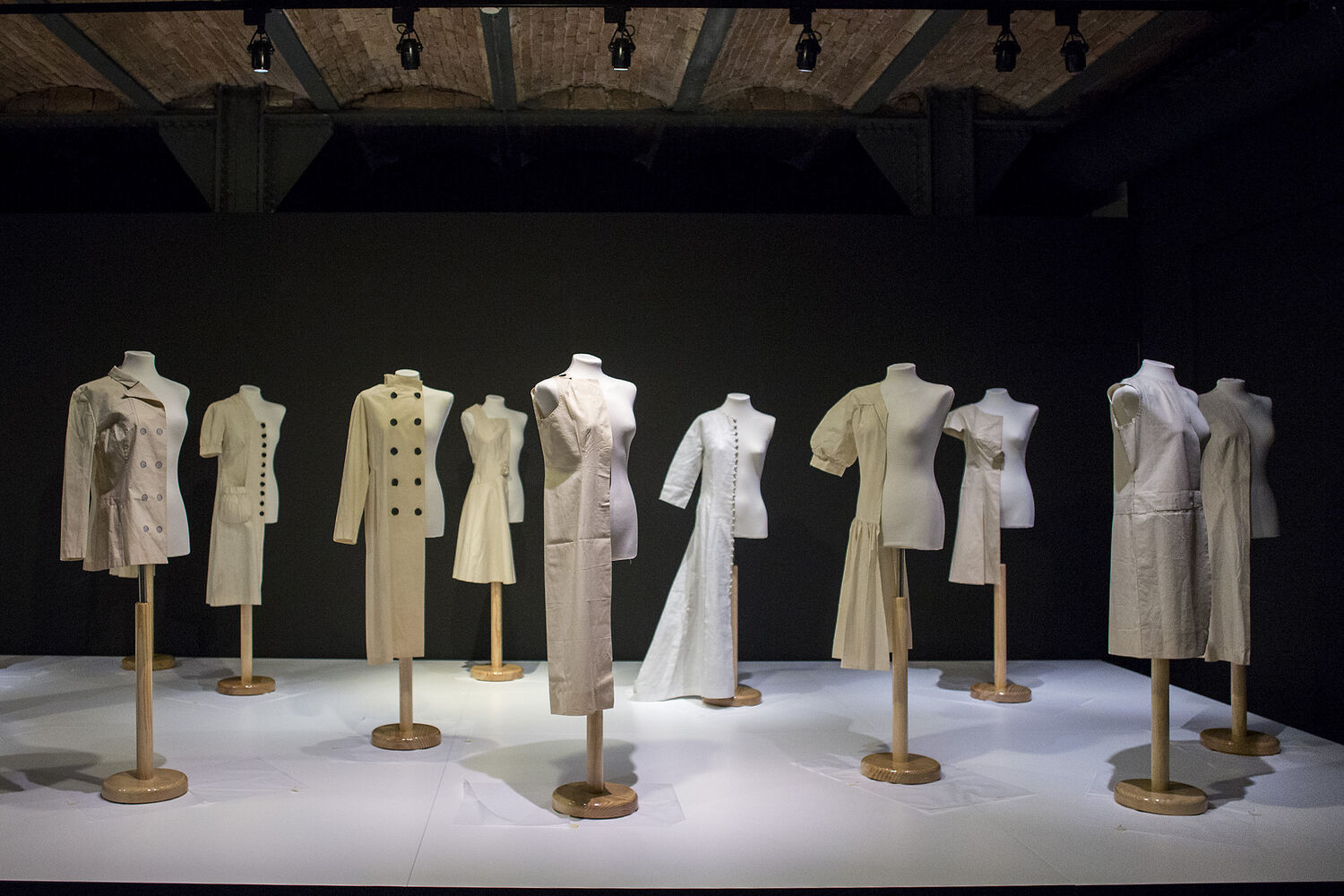
Barcelona launches at the Museum of History of Catalonia the exhibition Moda i modistes, a show that extols the craft of fashion designers and their contribution to fashion throughout the 20th century. This traditional and craft occupation was carried out by women who represented at the time a platform for female emancipation in the workplace, with regard to both business and creativity. It was an activity, connected with fashion, that helped develop the textile and commerce industry of the time. Their intensive work has always required knowledge, skill and dedication, and sometimes all this know-how has remained in the shade, apart from the big names of design and brands. For this reason Moda i modistes represents a broad look at the work and career of many women who have remained anonymous apart from in the spoken memories of their immediate family or traditional clientele.
The exhibition is divided into several sections, where the profession develops through the history of clothing, social changes with the emancipation of women and the evolution and know-how of the trade during the past century to this day. Below, we will give you a brief summary of what can be seen in this sample.
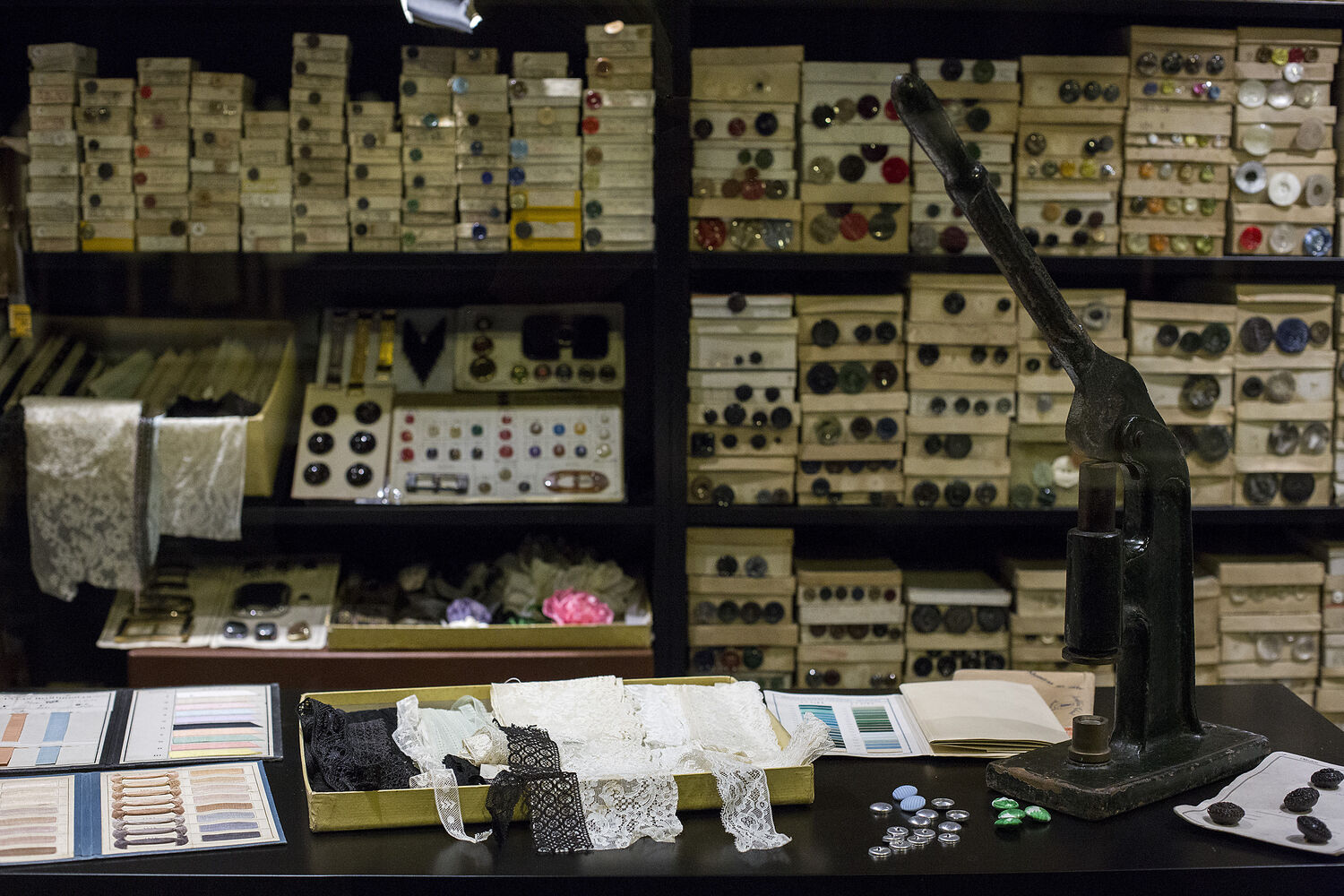
Needle workers
Women managed to claim their own space in the art of making dresses at the end of the 19th century. Before it was a trade reserved for tailors, and women hardly had access to clothing if it was not via their family or as collaborators. It was at this time and in the first decade of the twentieth century, when the work of dressmaker became one of the main forms of employment of women in the workplace, apart from factory work and among certain other professions such as teaching
Dressmaking spread because to learn the trade one did not necessarily have to go to any school, but it was sufficient to learn in a workshop or even self-taught from manuals of dressmaking , and also because this learning offered the possibility of working independently once the technique was mastered.
This time also coincided with the beginning of feminism and the birth of several initiatives aimed at protecting workers in the sector.
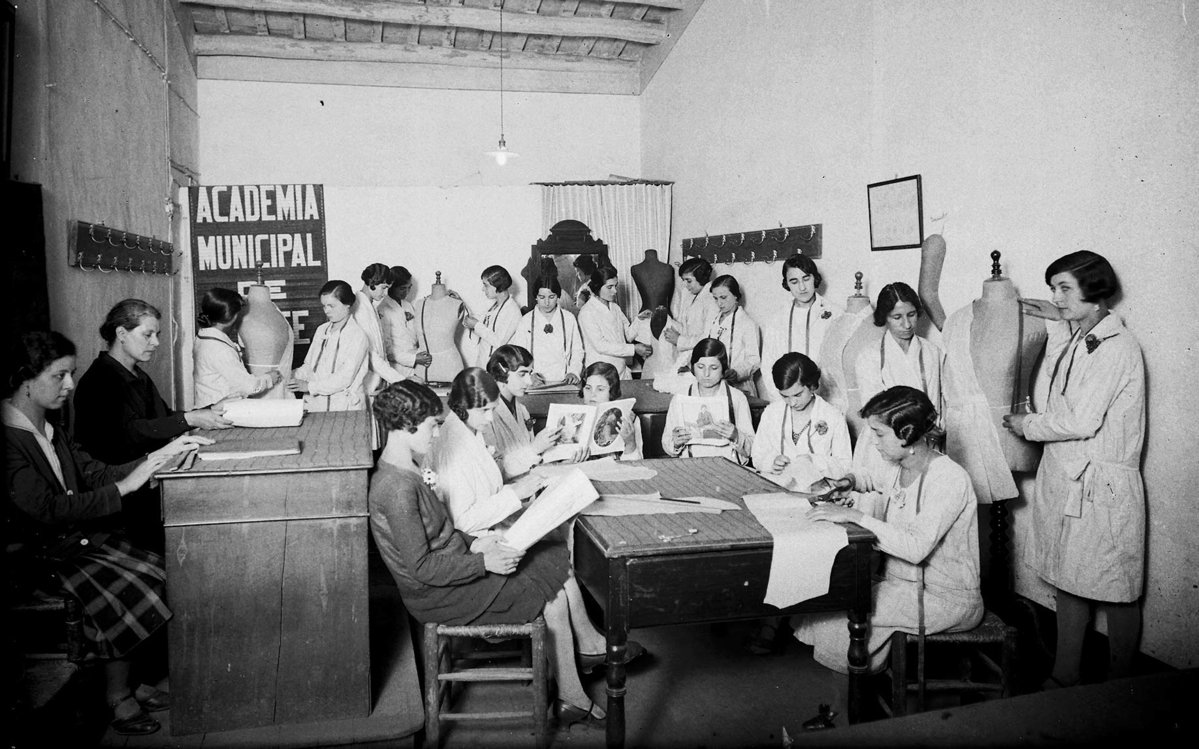
Dressmaker by profession, an expanding trade
Dressmakers represented a very varied group that were often outside the guilds and workers’ organizations: they could work in a small workshop of their own, in that of an established dressmaker, in a haute couture house or go to sew in private homes. In the trade there were many categories, depending on the skill, good taste, and, above all, the clientele they had.
Until prêt-à-porter expanded globally many dressmakers needed to make clothing for the different social classes. The capitals of province and county and large cities brought together a large number of dressmakers, but also each small town and each town had its dressmakers, with a very loyal clientele. In the scale of the trade there were many categories, from the caretaker who also worked as dressmaker, because she had enough time at work, to renowned dressmakers, alternatively those with a humble clientele, those who worked for others, whether at home or in the different workshops, those that did their sewing at home, those that had a certain reputation, though not a label, either out of discretion or to save money, or those that, with the pride of a job well done, put their name on each piece.
And what were their sources of inspiration? As a general rule dressmakers were more followers than non-creators and interpreted in their own way the fashion trends of each decade and, in turn, adapted it to the tastes, size and different economic means of each client. The magazines, the parades where the trends of each season were made known, the cinema, with the irruption of iconic stars and the street were constant sources of inspiration.
In fact, from the work done by the dressmakers, you can review the fashion of almost the entire 20th century until prêt-à-porter became consolidated. The haute couture houses of Paris, Milan or Barcelona dictated the trends, they invented models and had a reduced and elitist production. Dressmakers, who were then counted in thousands, were the main customers of the textile industry because they bought or recommended buying fabrics and materials fabrics for their clientele. This in turn favoured commerce, generated income in the big fashion-houses by buying patterns and glasilla, encouraged workshops specializing in embroidery and pleats, generated jobs in a process of development of the craft down to the present day.
The legacy stays alive
Times have changed and today this profession is the strength of yesteryear. Even so, the legacy of dressmakers is still alive, it has simply been transformed. The new dressmakers continue to make clothing adjustments for stores and individuals, they also work for clothing factories and carry out pattern making and prototypes for large companies that are then manufactured outside. In parallel, there has also emerged a new generation of young designers offering a limited handicraft product which is a counter to industrial production on a large scale and of dubious quality. The work of these dressmakers is to revalue hand-made fashion, personalization and exclusive garments for a customer who values the art and effort that goes into hand-made garments.
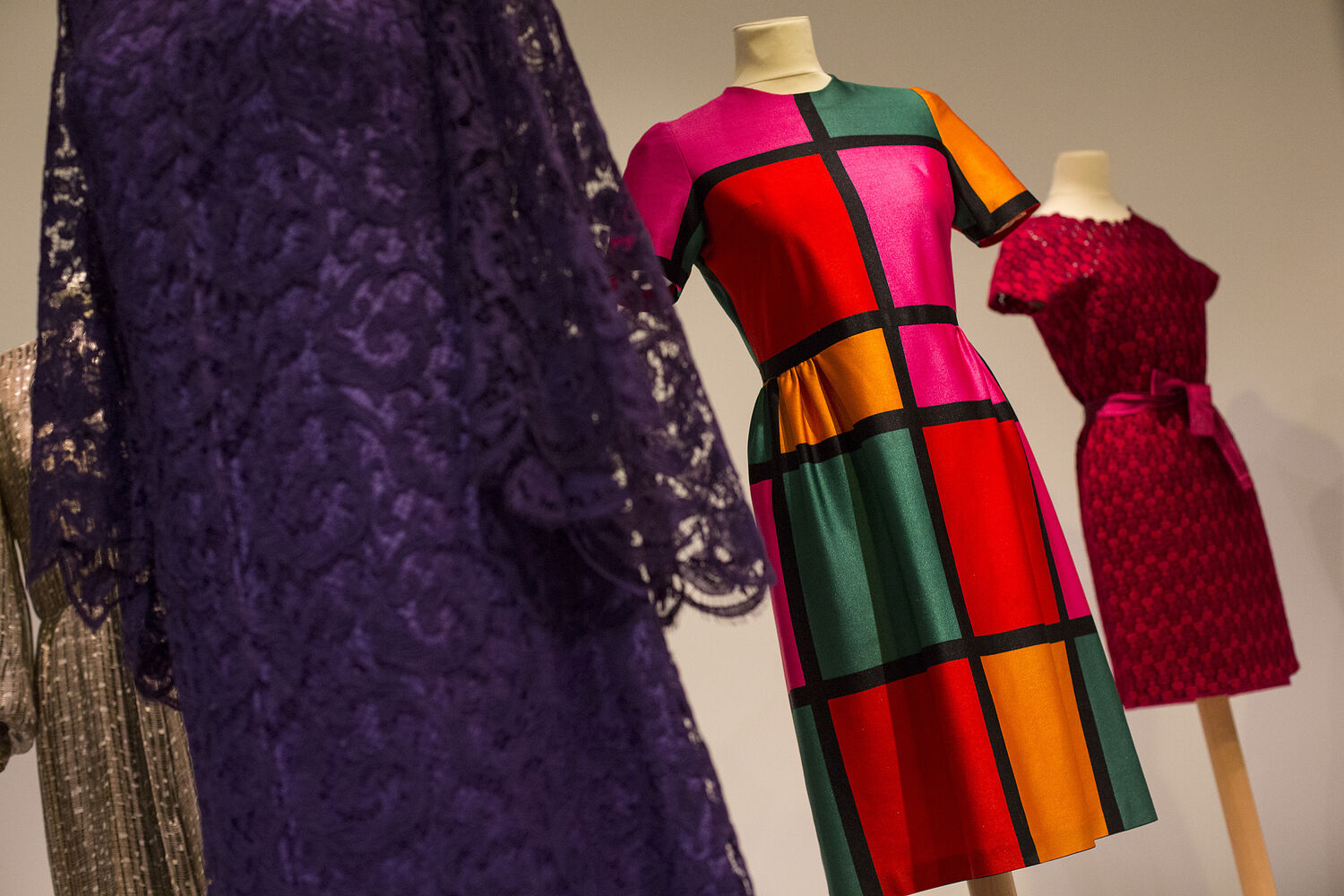
The exhibition Moda i Modistes opens today at the Museum of History of Catalonia and can be visited until 13th October 2019. It is a good opportunity to discover the legacy and evolution of this craftsmanship centennial.
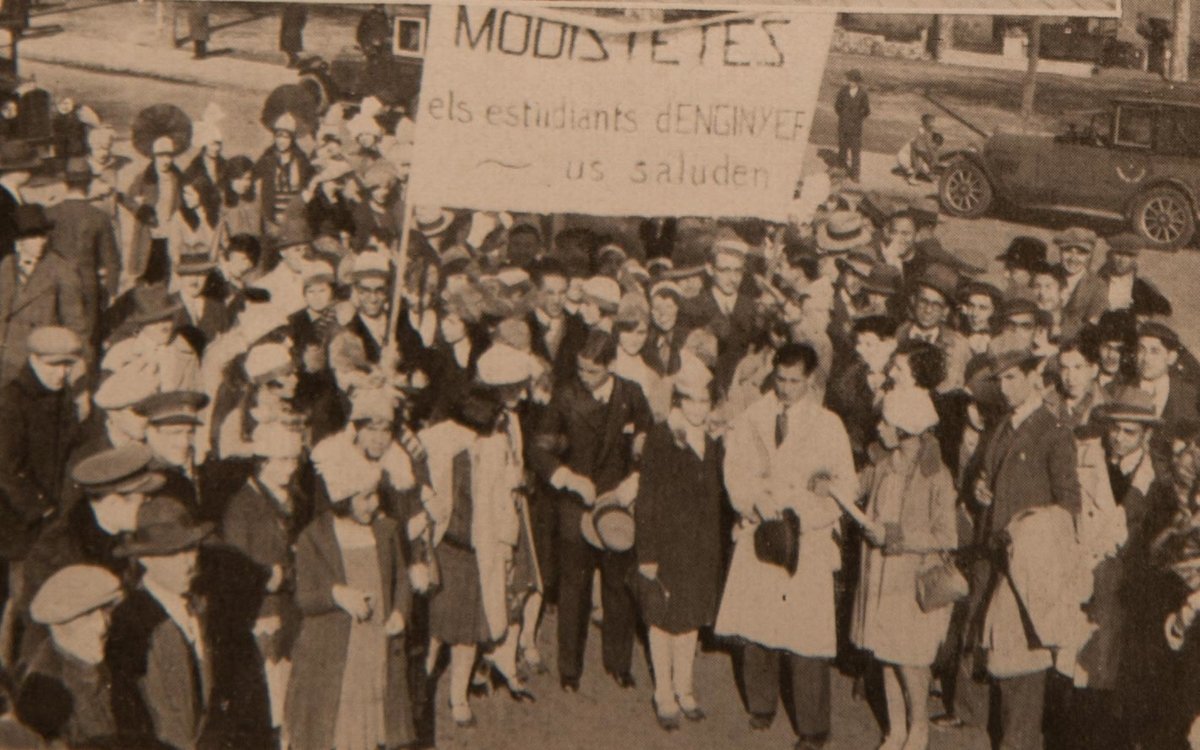
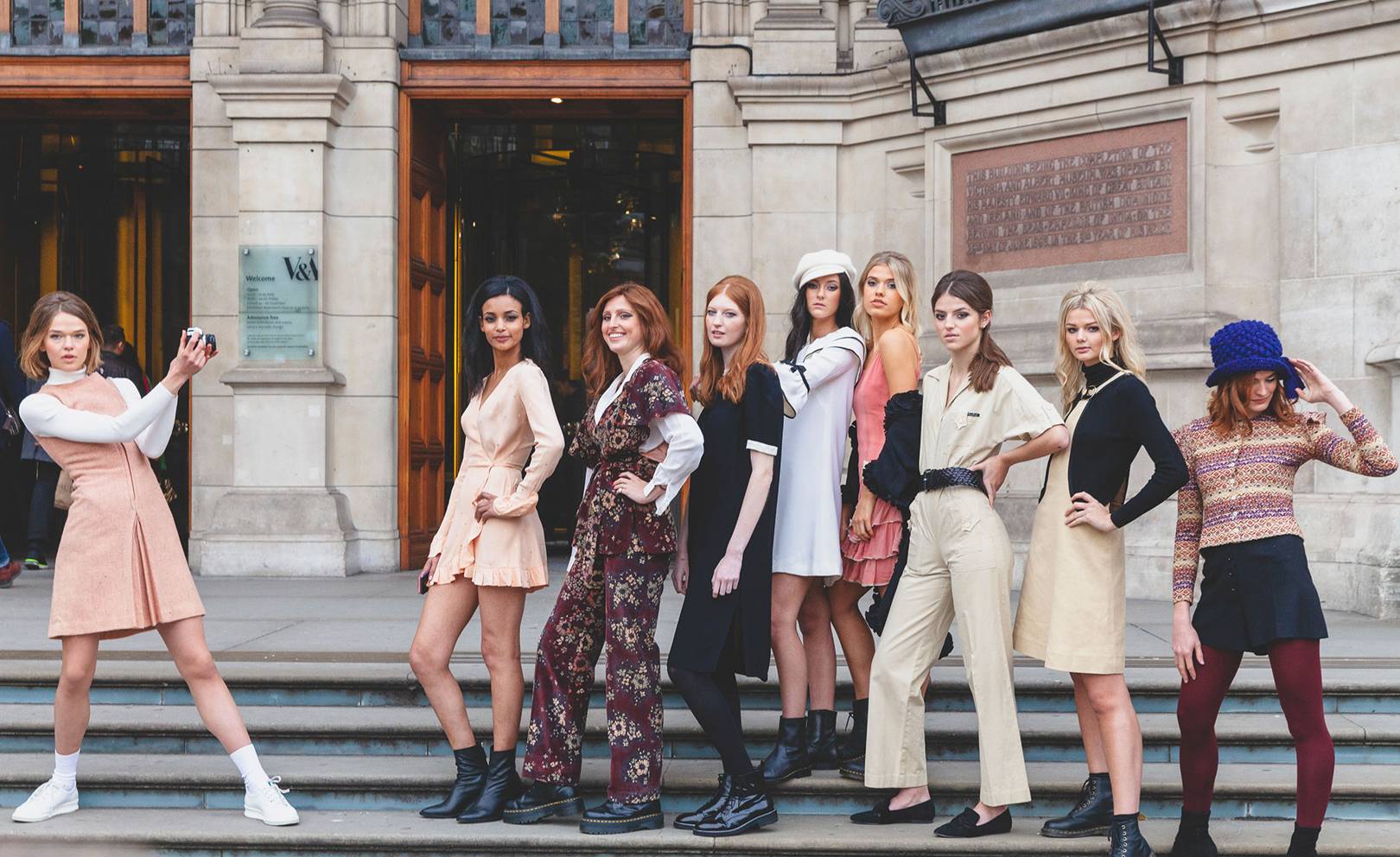
London pays tribute to Mary Quant (England 1930), living legend of fashion and guilty of stirring a whole era: the 60s with a garment of the most irreverent, the miniskirt. Although the authorship of such garment is disputed with the French couturier André Courrèges, “the mother of the miniskirt” knew how to popularize it and bring it closer to the whole world. “The goal of fashion is to make clothing available to everyone,” he used to remember. Now the Victoria & Albert museum praises this designer who revolutionized the fashion scene in that boiling decade so that the new generations know their great contribution up close. In the words of Jenny Lister, one of the curators of the exhibition, “Mary Quant is known as the architect of the democratization of fashion in the United Kingdom”.
The origin of the miniskirt is connected to the music, dance and urban fashion of the moment. It is said that he was born at the end of the 50s in North America and to dance the new rhythms of swing and rock, the skirts little by little were shortened. Who captured this progressive regression and this change was Quant, who in 1955 opened a small boutique called Bazaar in the street of King’s Road in the Chelsea neighborhood. To give visibility, Quant was among the first to adopt this garment that exposed the legs, knees and some calves, a real scandal in an era where conventions were challenged. Little by little, from her small store in London, the designer caught the attention of young people and the industry she saw in her miniskirts and brightly colored breastplates and brilliant finishes a glimpse of rebellion, transgression and freshness, three concepts that linked with the way of thinking of the new generations.
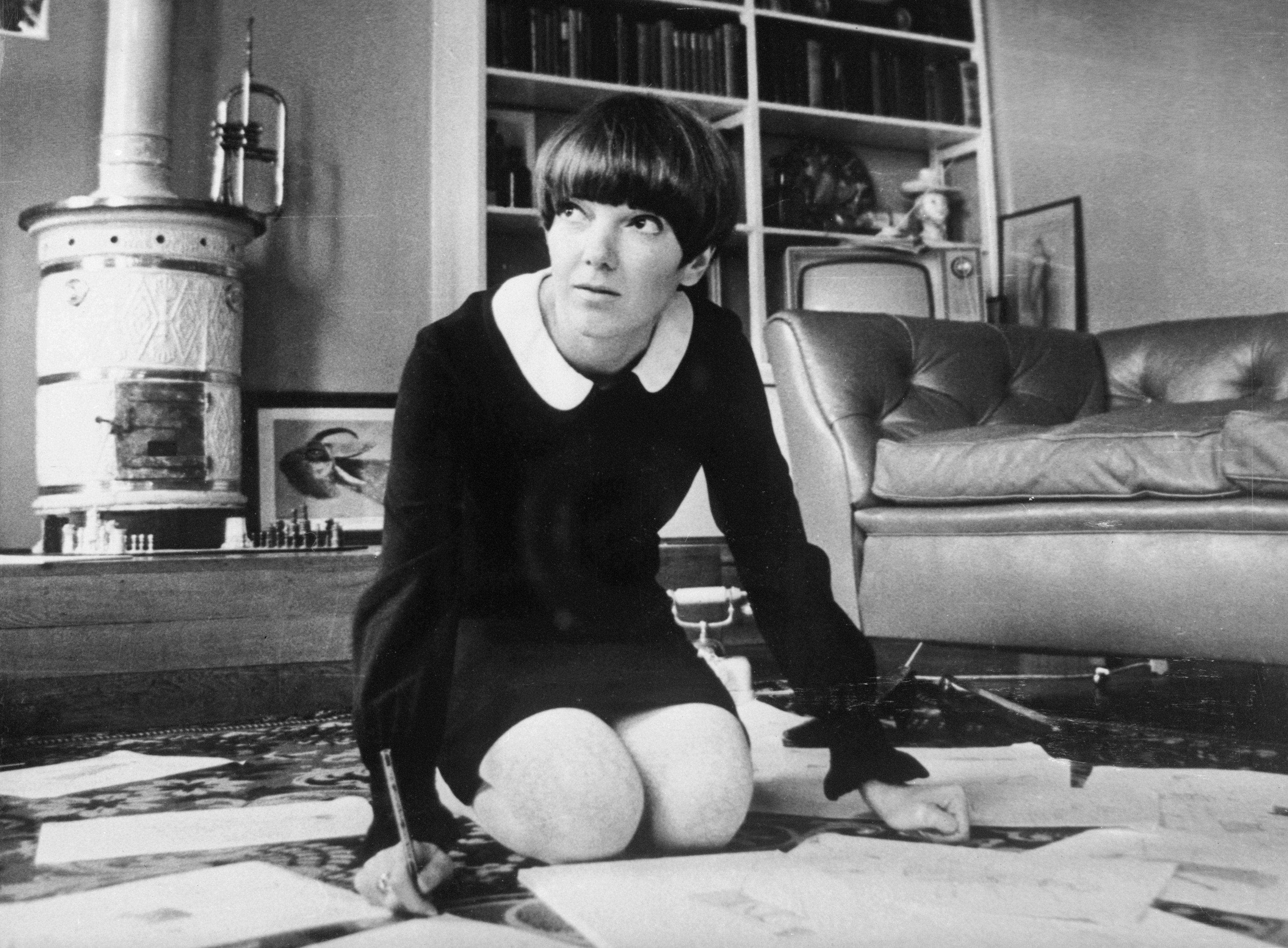
Mary Quant is the architect of the democratization of fashion in the United Kingdom
Quant had no specialized training in fashion and in fact her creations were the result of a personal apprenticeship that included experimentation with different materials. It was that courage and rebellious attitude that seduced the industry and became a reference for women of the time. Along with the modelTwiggy, Mary Quant made this short garment became the trademark not only of his clothing brand but also for a decade. A symbol was born. So much was his success that, in 1966, Queen Elizabeth II granted him the medal of the Order of the British Empire for his contribution to fashion, a distinction he picked up in Buckingham wearing one of his miniskirts.
The exhibition exposes 200 pieces in which the colorful and innovative identity of the British designer is reflected. It includes the famous skirts along with other designs, as well as accessories and cosmetics, in a striking chronological journey that covers from 1955 to 1975. Among accessories and dresses, the museum also collects a selection of clothing and photos of anonymous women wearing the designs of Quant which shows the importance of the miniskirt for a decade’s fashion. The exhibition will be open to the public until February 16, 2020.
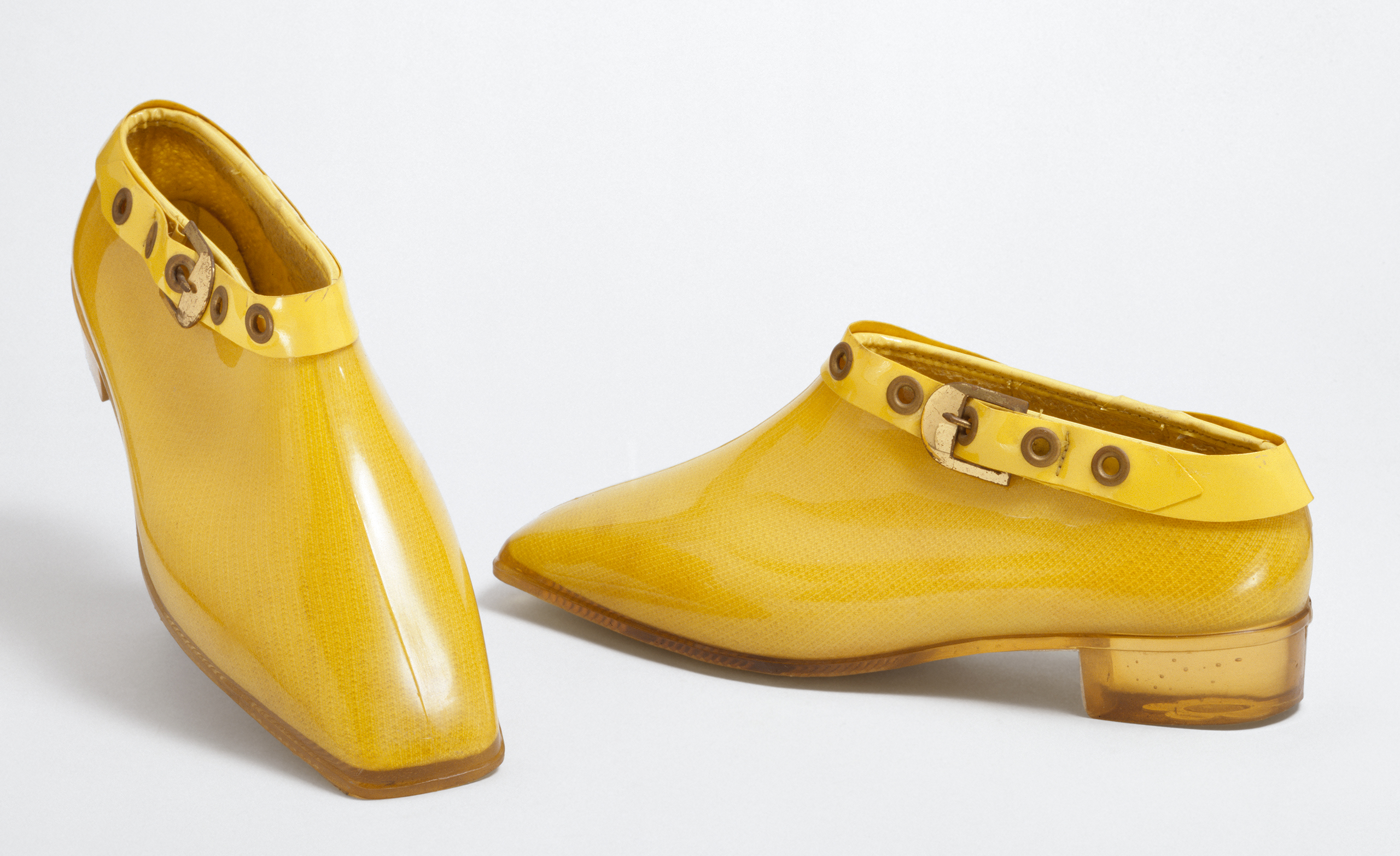
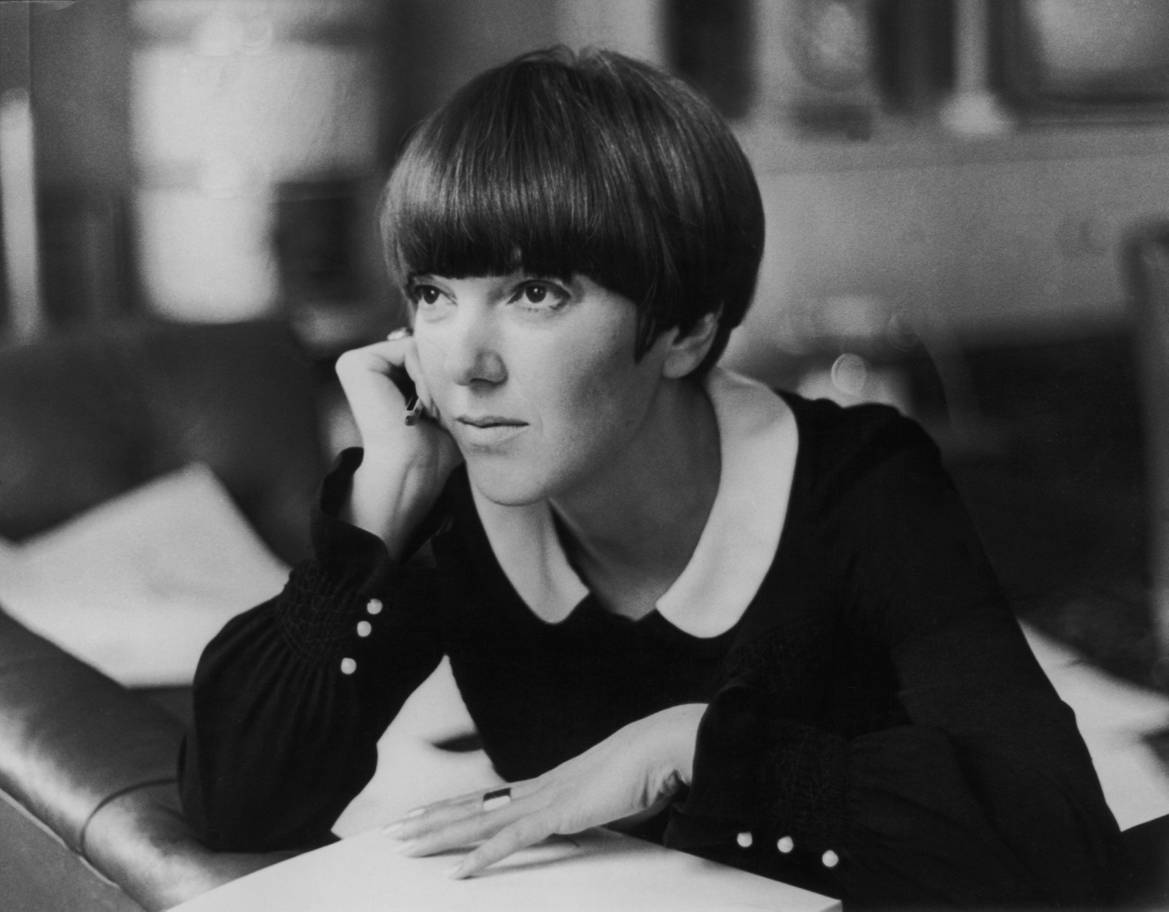

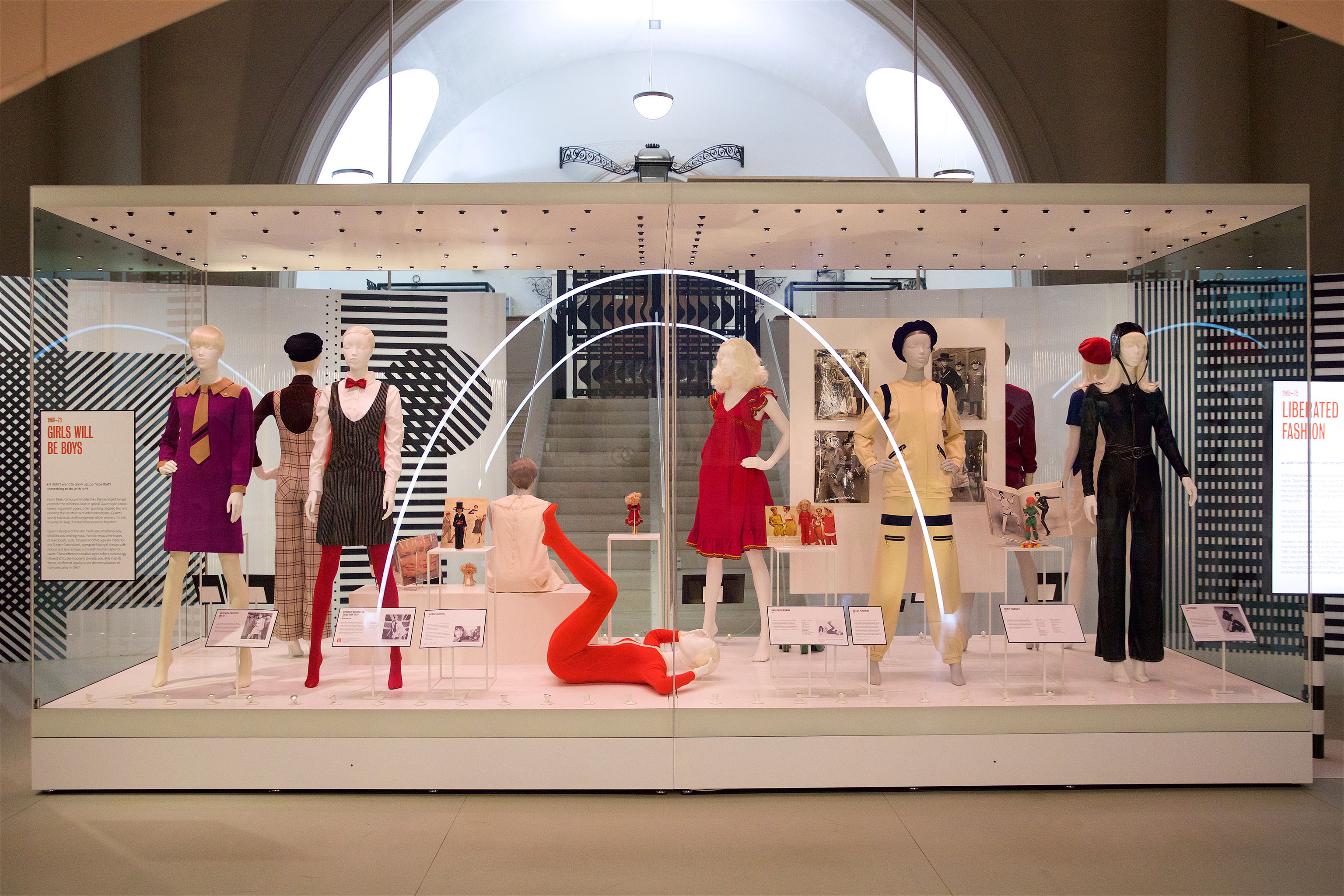
Sorry, this entry is only available in European Spanish.
Are you ready to play? To play the game in its broadest sense. The game as fun, where there is space for experimentation mixed with hints of entertainment and large doses of curiosity. In this new season that we are premiering we pay homage to leisure, to recreation, to freedom in a collection that is inspired, as could not be otherwise, by the concept of ‘ Play ‘. It is a presentation which is both sophisticated and casual, which focuses on colour, movement with light fabrics and craftsmanship for the warmer months of the year. This Spring-Summer 2019 collection has a large dose of creativity and ingenuity on the part of our design team, who make Gratacós a luxury fabric company with a defined style and personality. So let’s enjoy the latest creation we have prepared with the intention once again to surprise and excite. Let’s play together: Let’s play!
“Play is a sophisticated and casual presentation which at the same time goes for colour, movement and craftsmanship”
General concept
‘Play’ is a sympathetic collection that seeks at first glance to combine apparent simplicity with products that are attractive and appealing. It is an aesthetic presentation based on timeless articles far away from extravagance and artificiality, but these have to provide a distinctive feature, a certain personality. We are not seeking the versatile and basic, which is somewhat insipid, but rather to give it a creative turn. In parallel we are bringing back the characteristic features of folk culture and opting for craftsmanship to present traditional fabrics with rustic aspects and manual details.
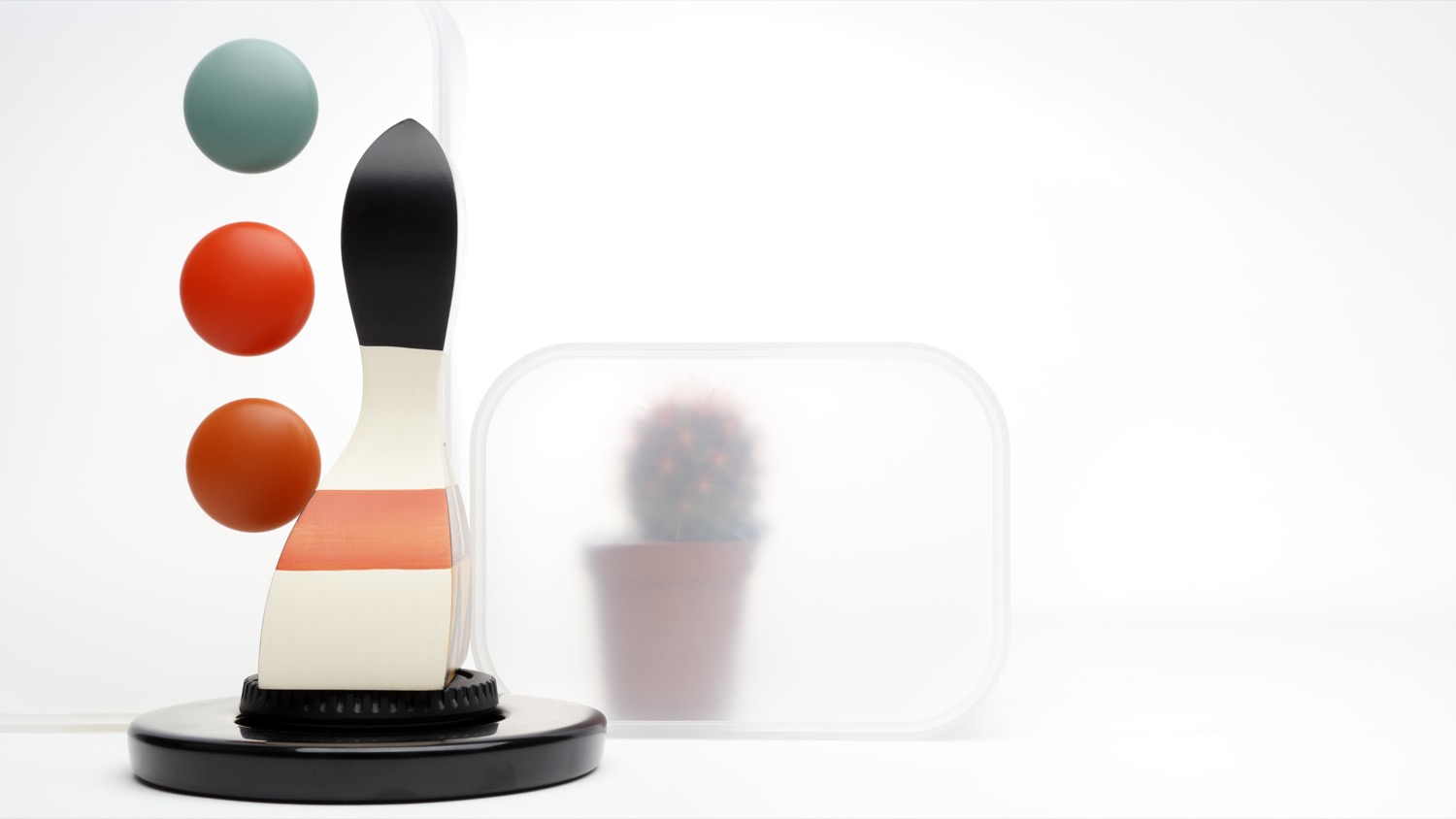
“We are seeking to combine apparent simplicity with attractive and seductive products at first glance”
Fabrics
The objective of this collection is to revitalize the luxury of textures and materials. To achieve the new basics we use impeccable fabrics with clean and serene appearances. We also go for colourful Jacquards with tactile reliefs, fluid fabrics of silk or polyester of delicate appearance, gauzes with transparencies, dense satins, iridescent materials that captive the light or floral prints of watercolors. At the same time, within the folk trend, we are bringing back granular textures, fibrous and light aspects that show the relief through the thread-work, the hand-made reliefs and the embroidery with motifs inspired by nature.
“We are revitalizing the luxury of textures and materials”
Colours
The range of colours evolves from the natural to the artificial. Thus pastel shades and soft,sweet shades give way to the most vivid colours in a smooth transition and in a key feminine way . The most vibrant tones are used for details. ‘Play’ is also a collection dedicated to light, that’s why it also opts for the iridescent, transparent and nacreous with a nod and a wink to things nautical.
Discover some inspirations in our new lookbook Spring – Summer 2019! click here.

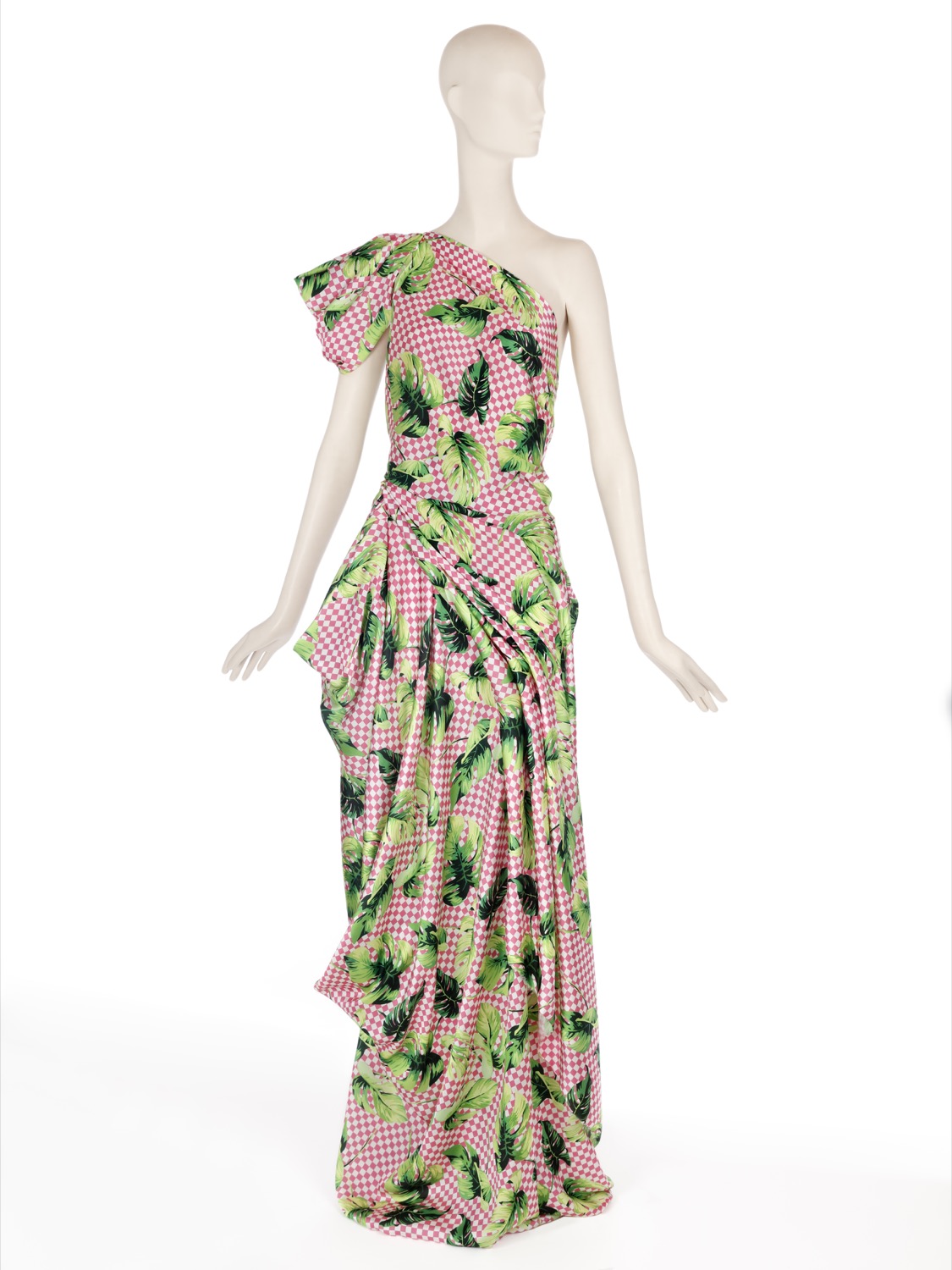
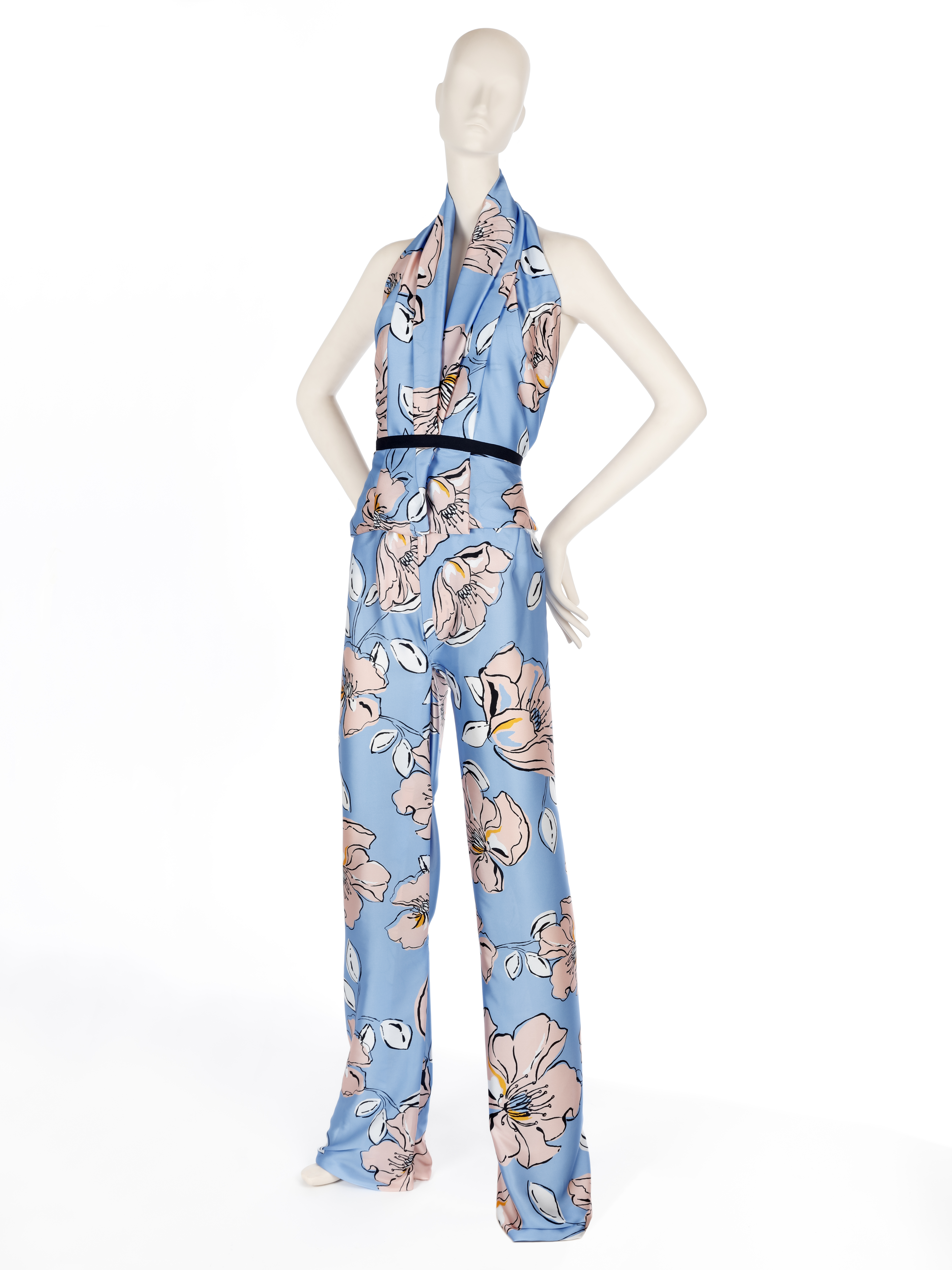

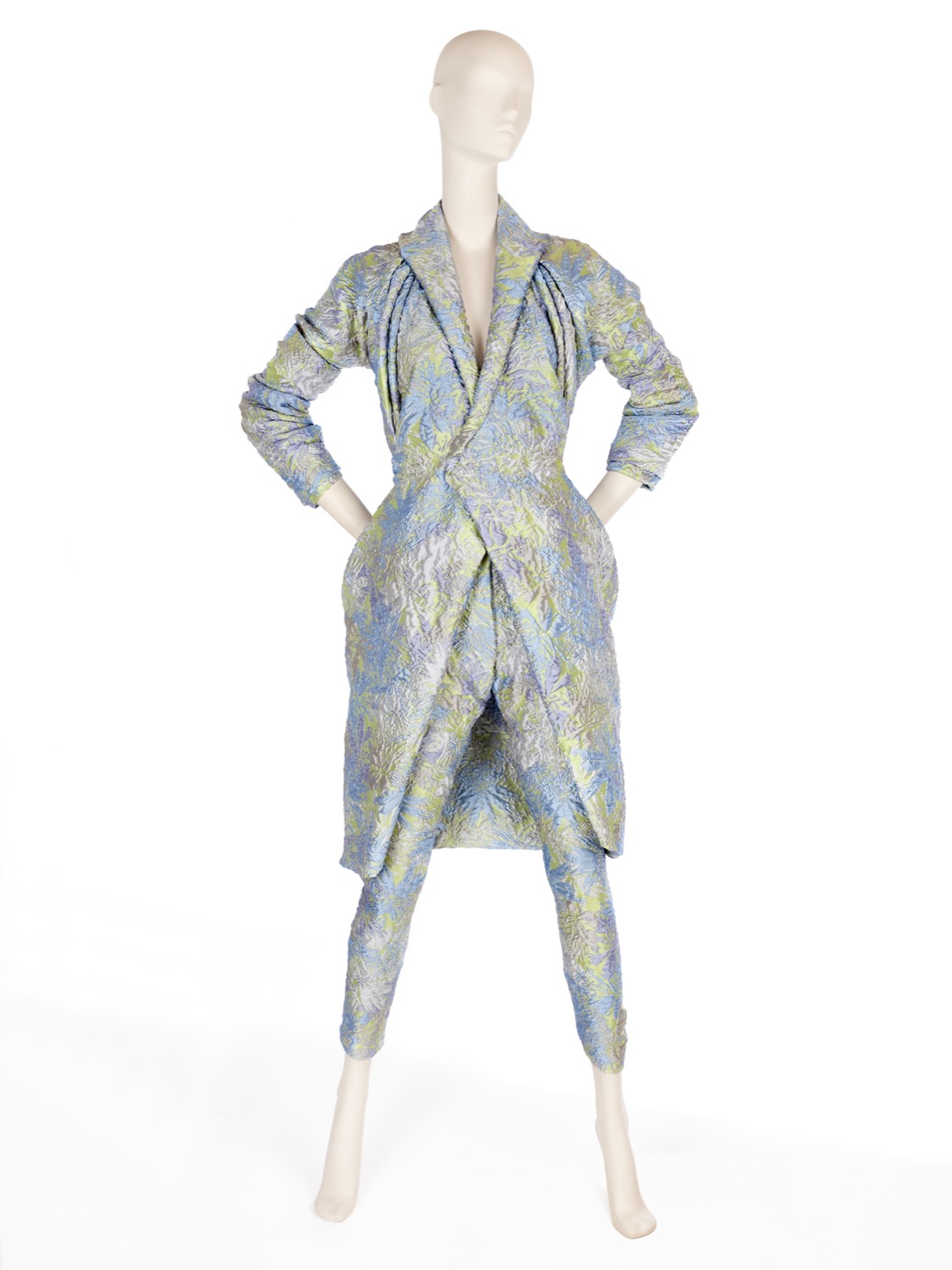
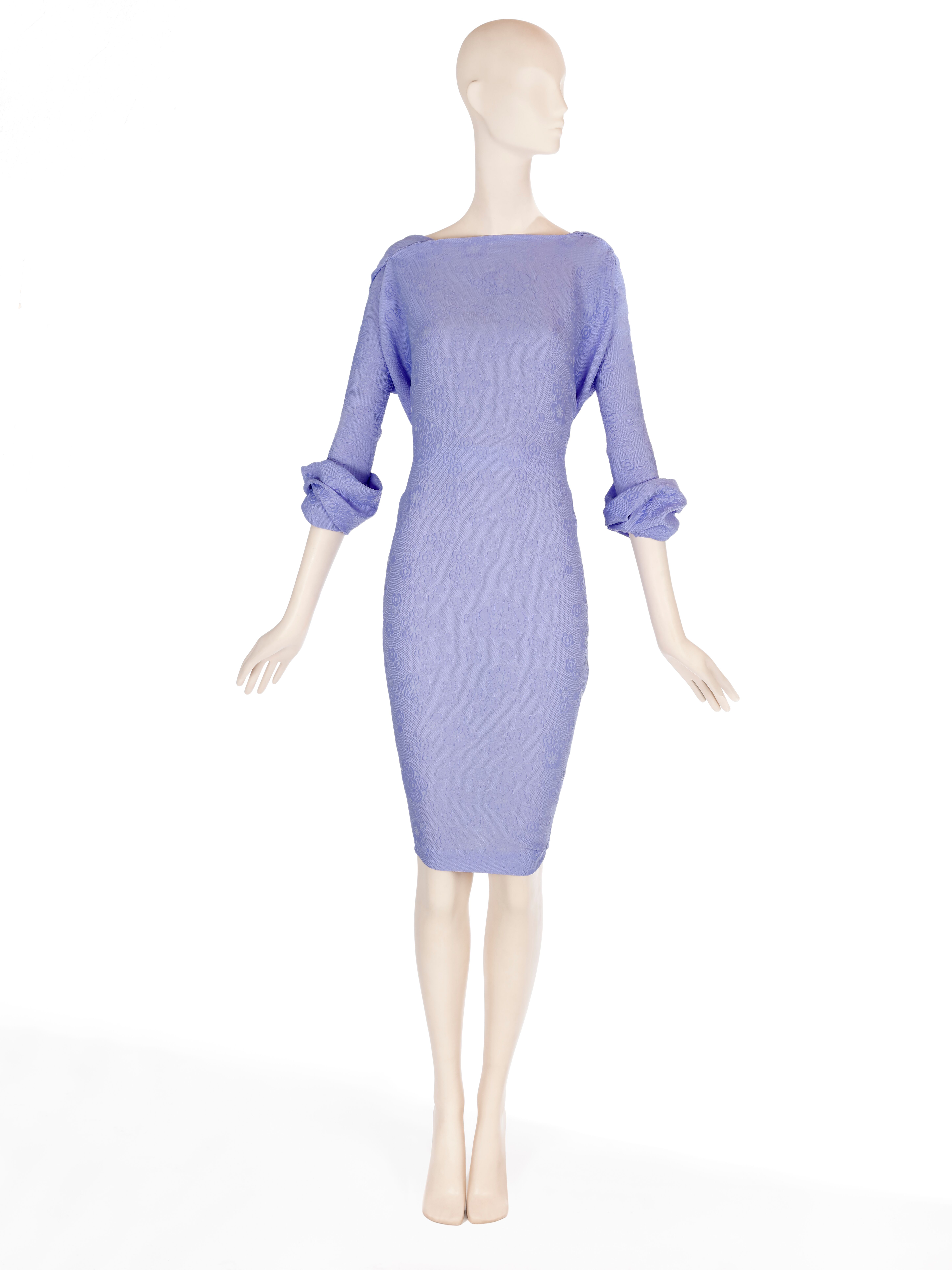

 The bridal sector is in the process of transformation to adapt to the comings and goings imposed by the restrictions of the pandemic and the easing of lockdown phases. The coronavirus crisis has exploded directly and overwhelmingly, affecting all sectors: from restaurants, beauty centres to the textile sector. And for a year now, the world of wedding ceremonies has been stepping on the accelerator to adapt to these precipitous changes.
The bridal sector is in the process of transformation to adapt to the comings and goings imposed by the restrictions of the pandemic and the easing of lockdown phases. The coronavirus crisis has exploded directly and overwhelmingly, affecting all sectors: from restaurants, beauty centres to the textile sector. And for a year now, the world of wedding ceremonies has been stepping on the accelerator to adapt to these precipitous changes. 









 They have done it again.
They have done it again. 

















































